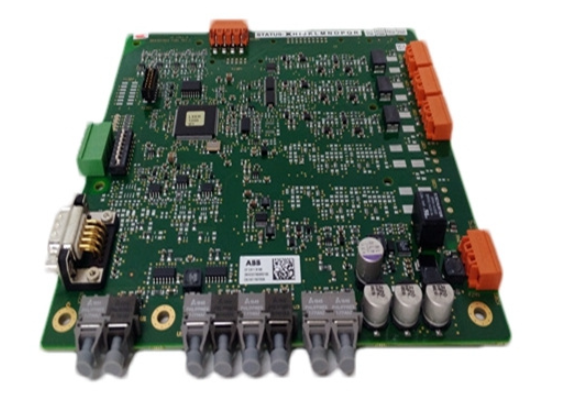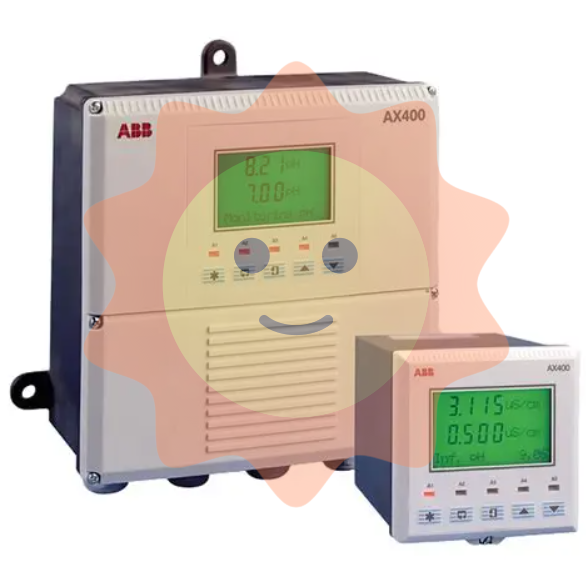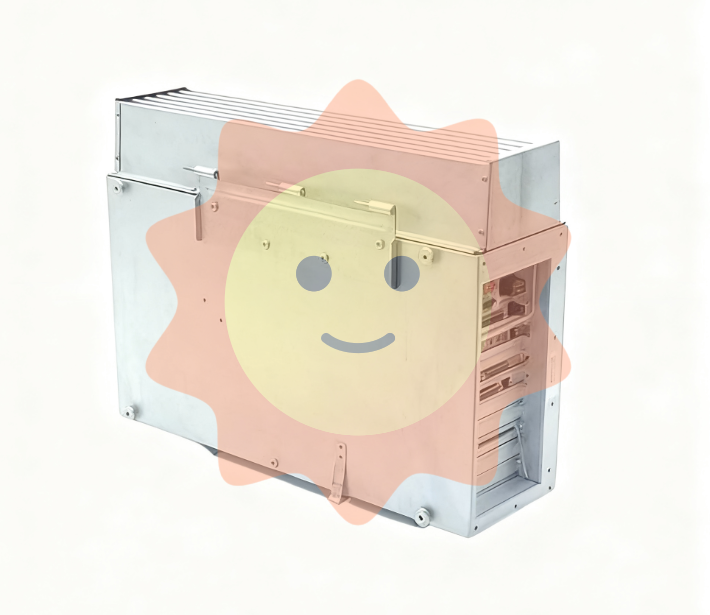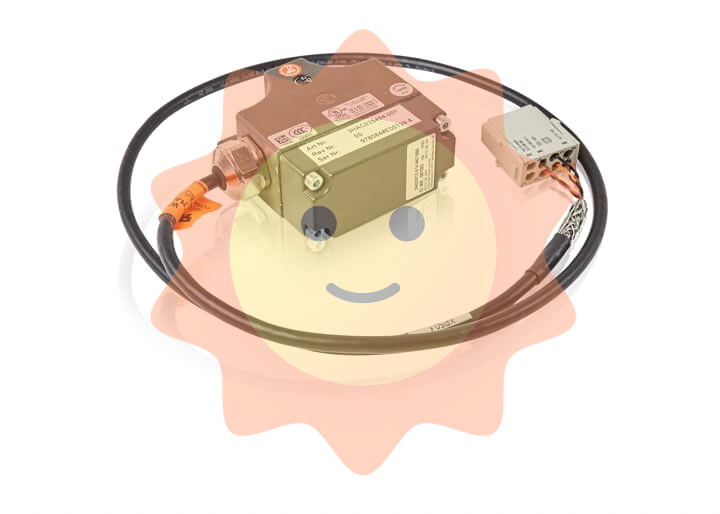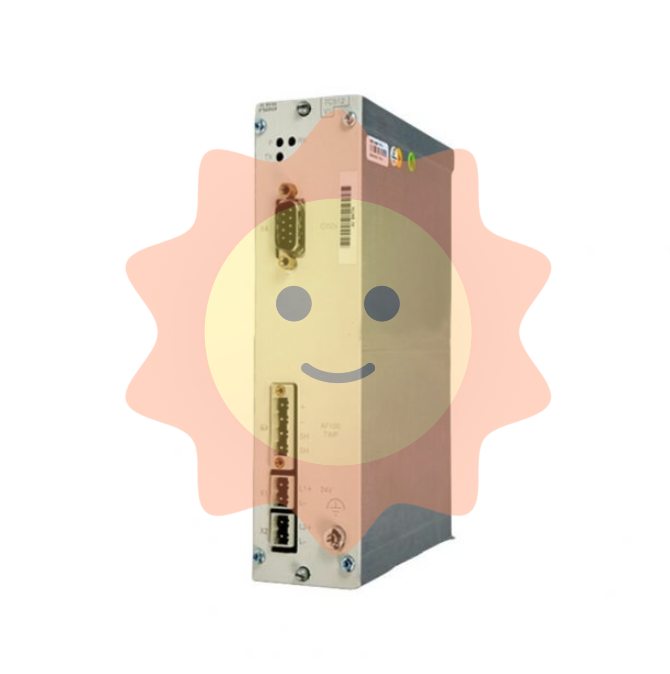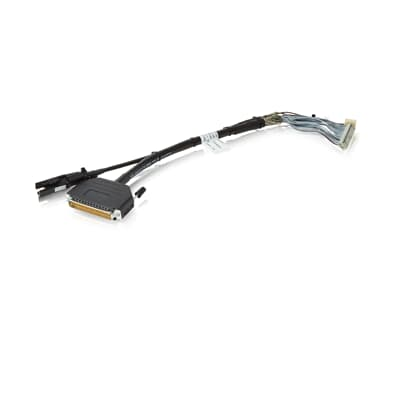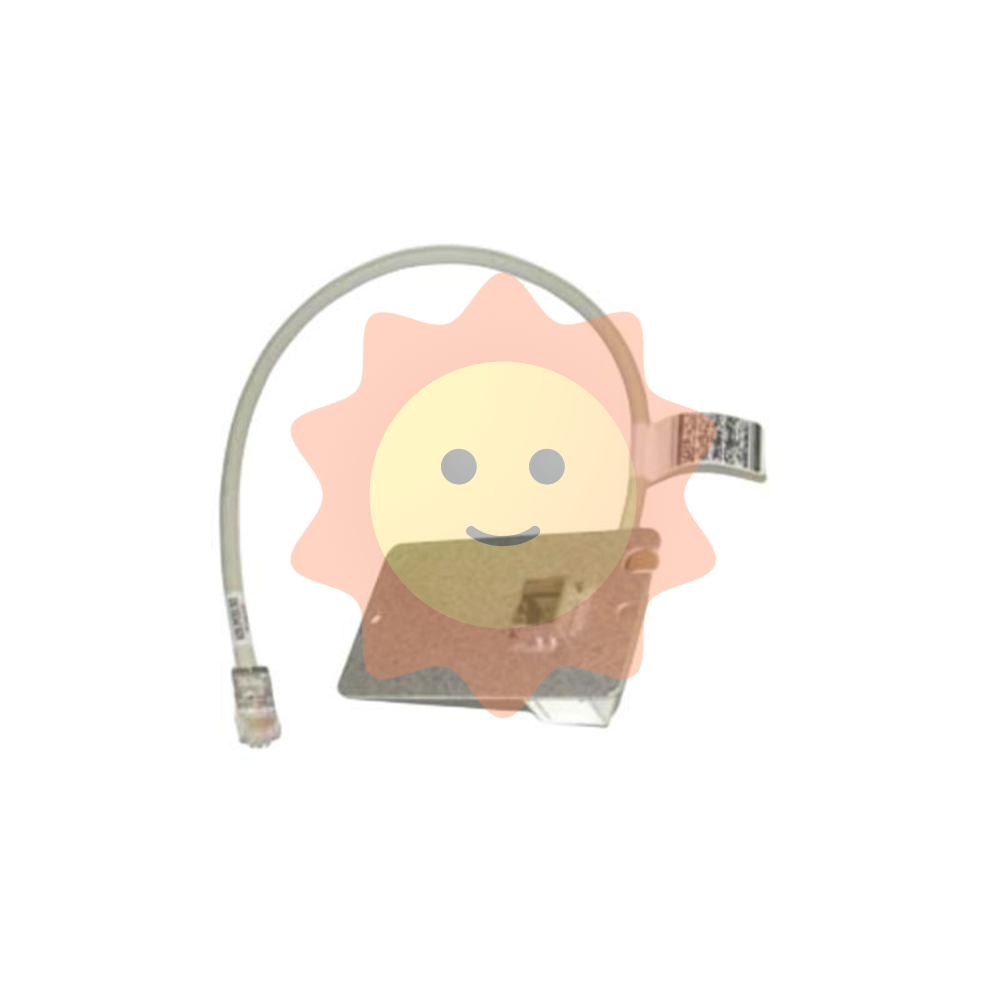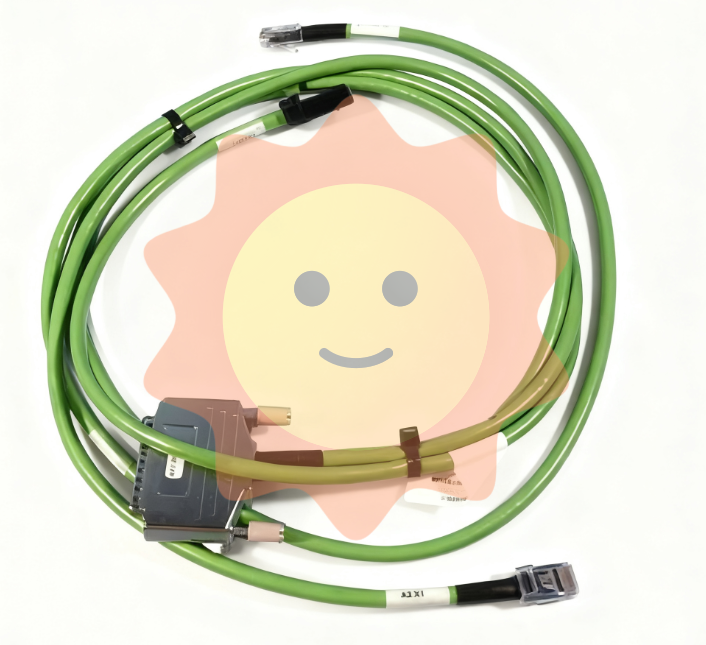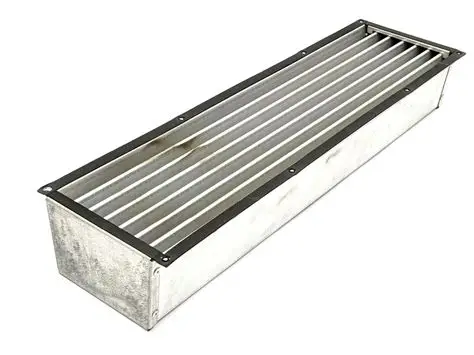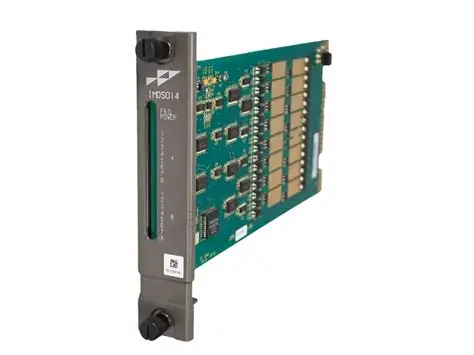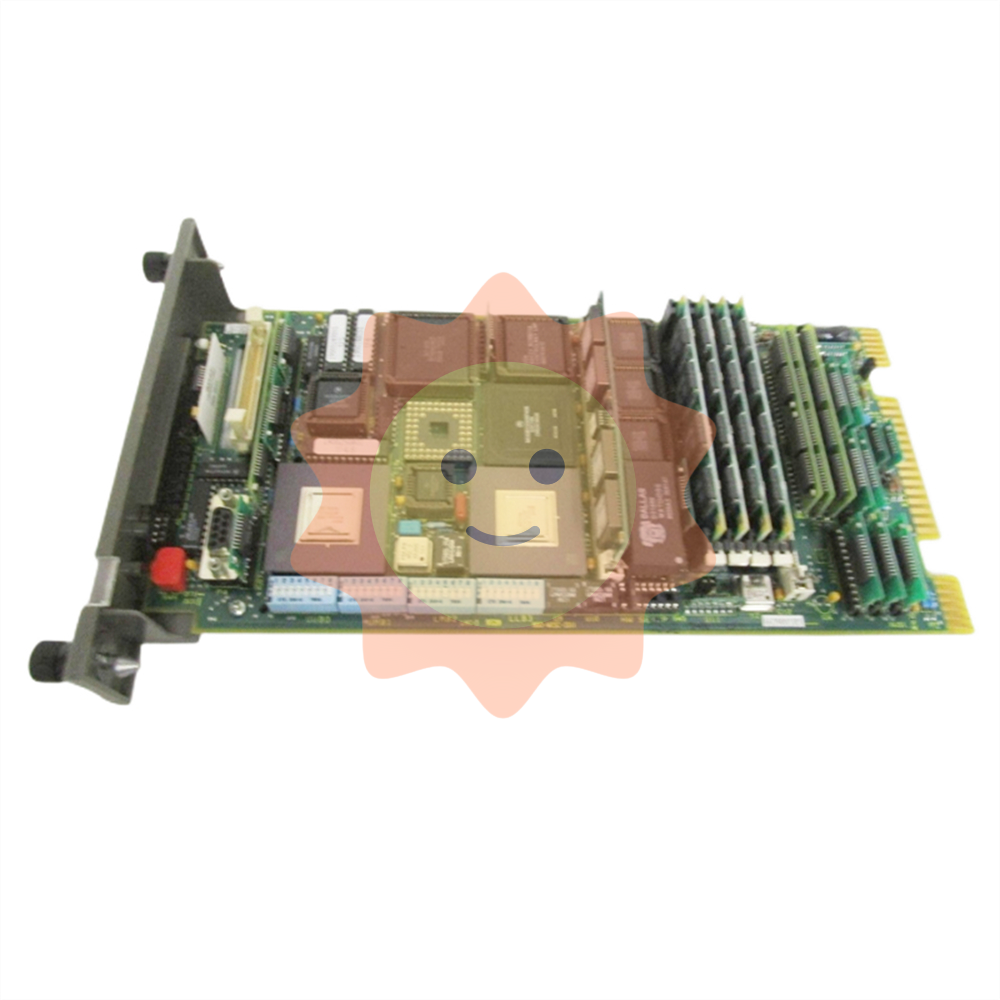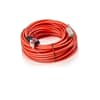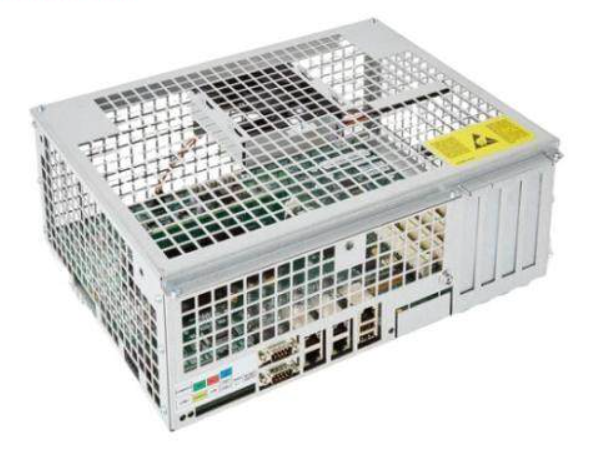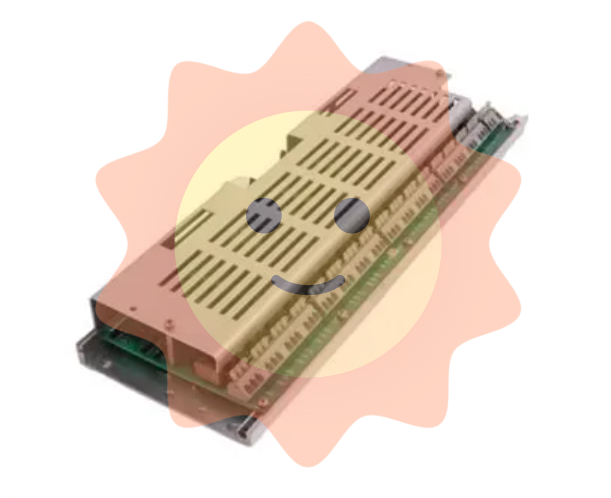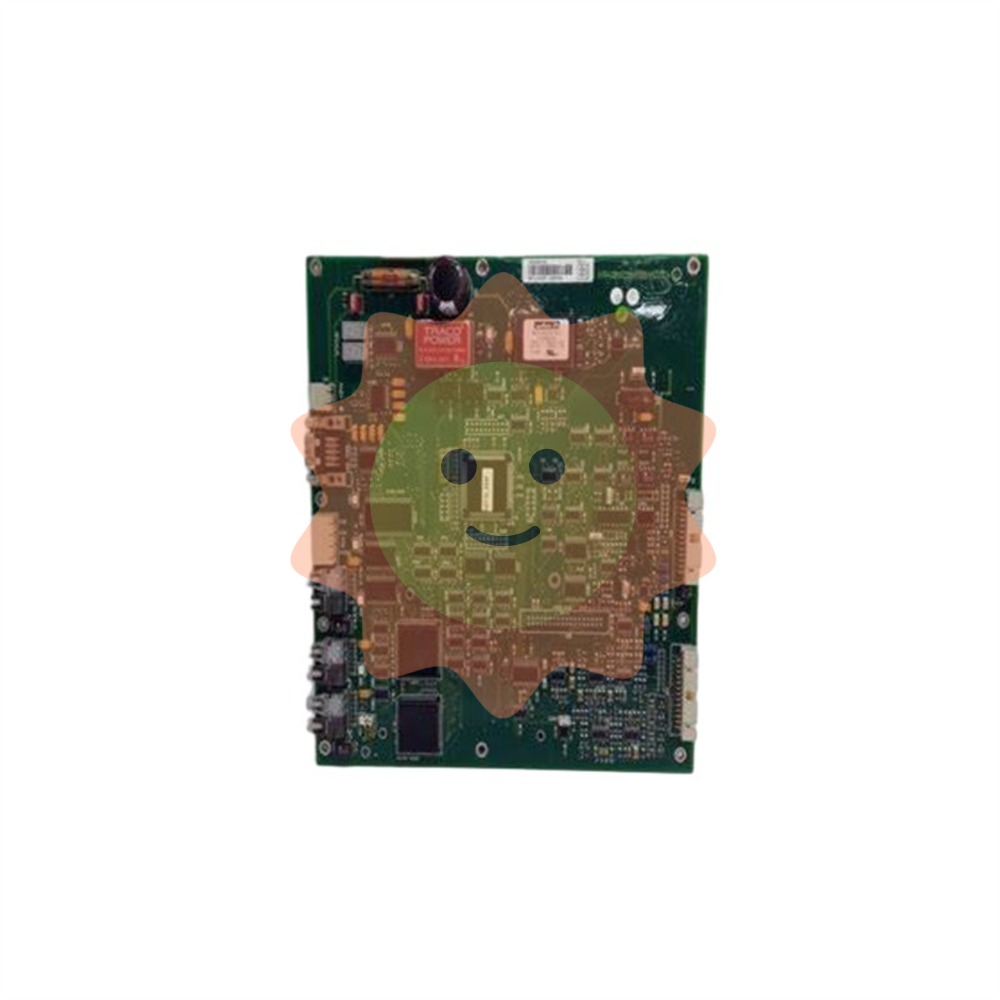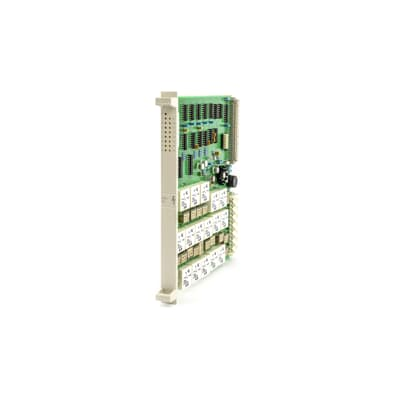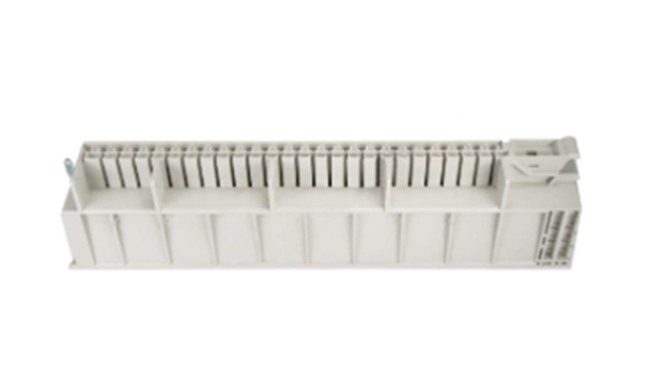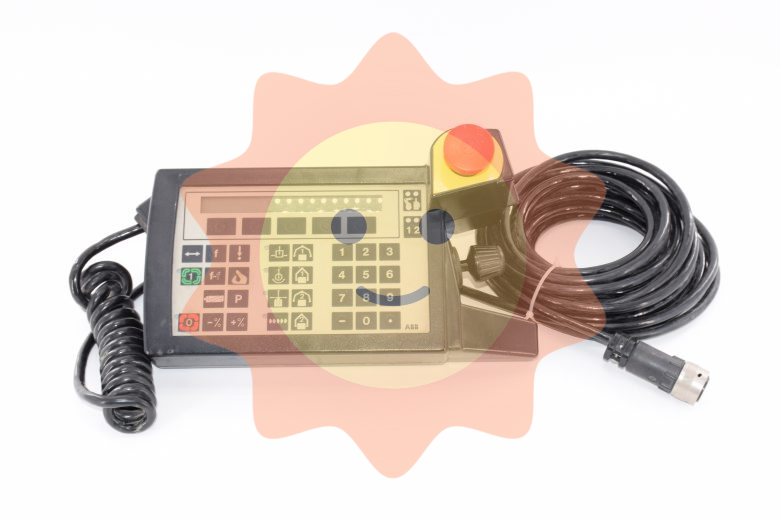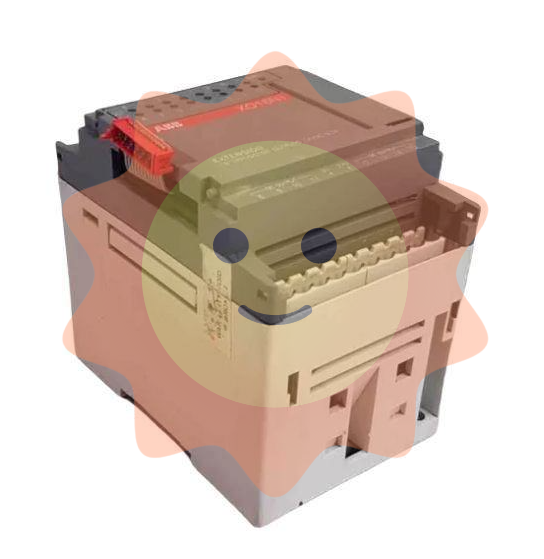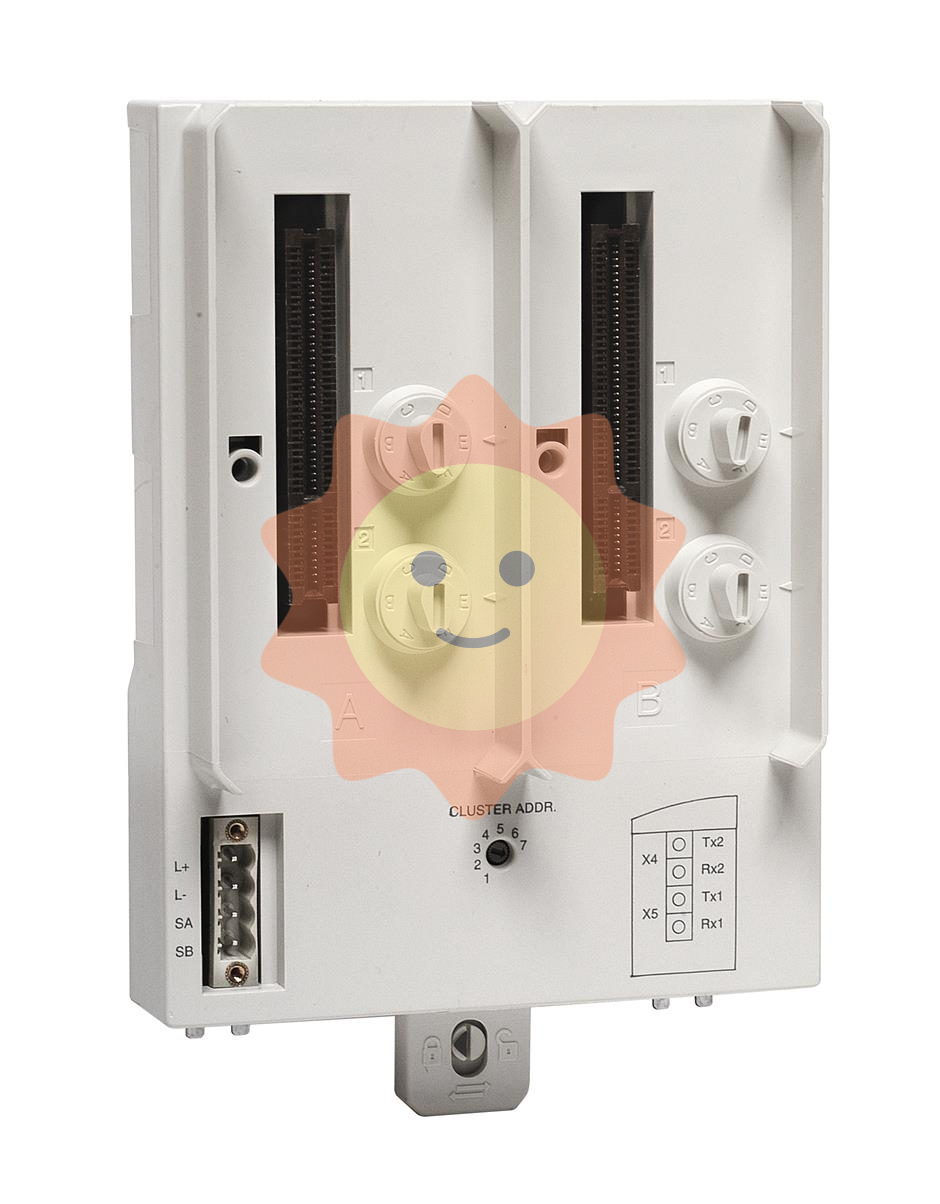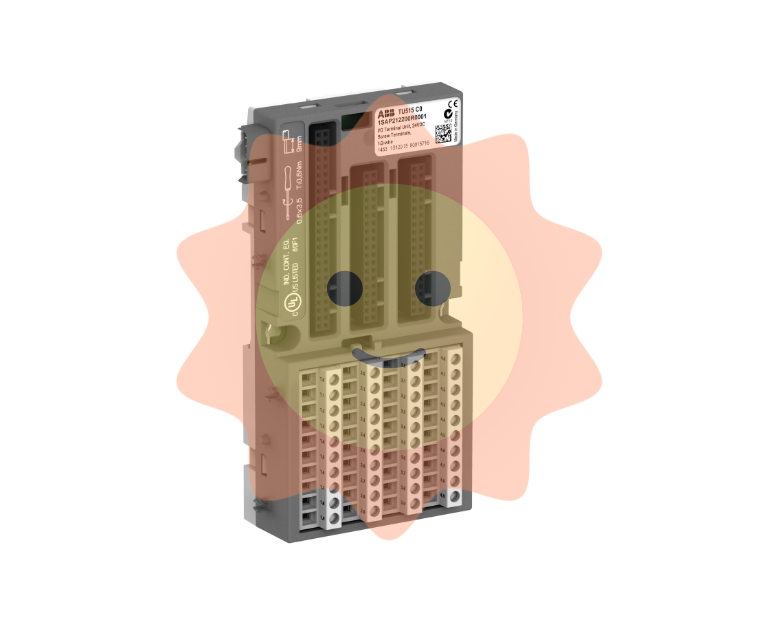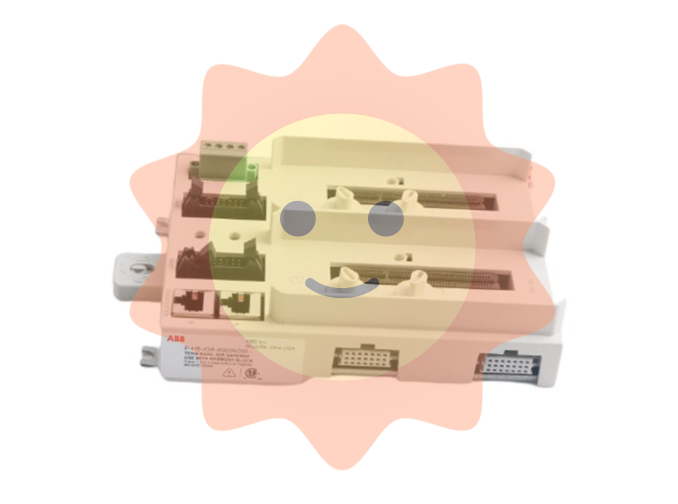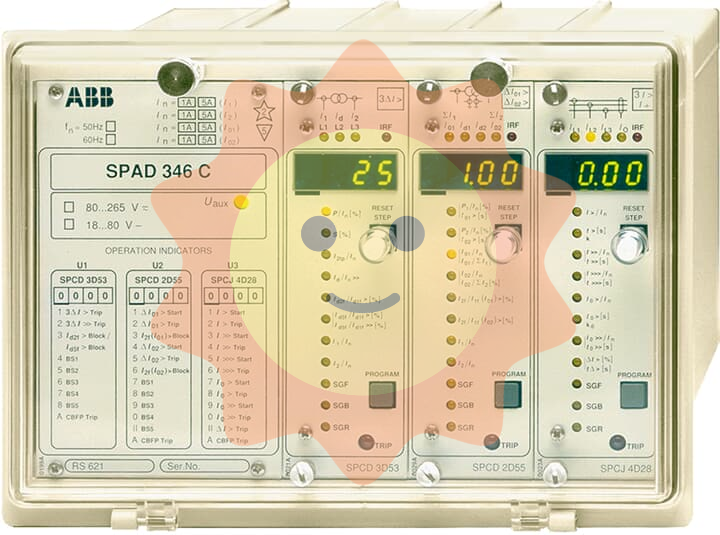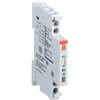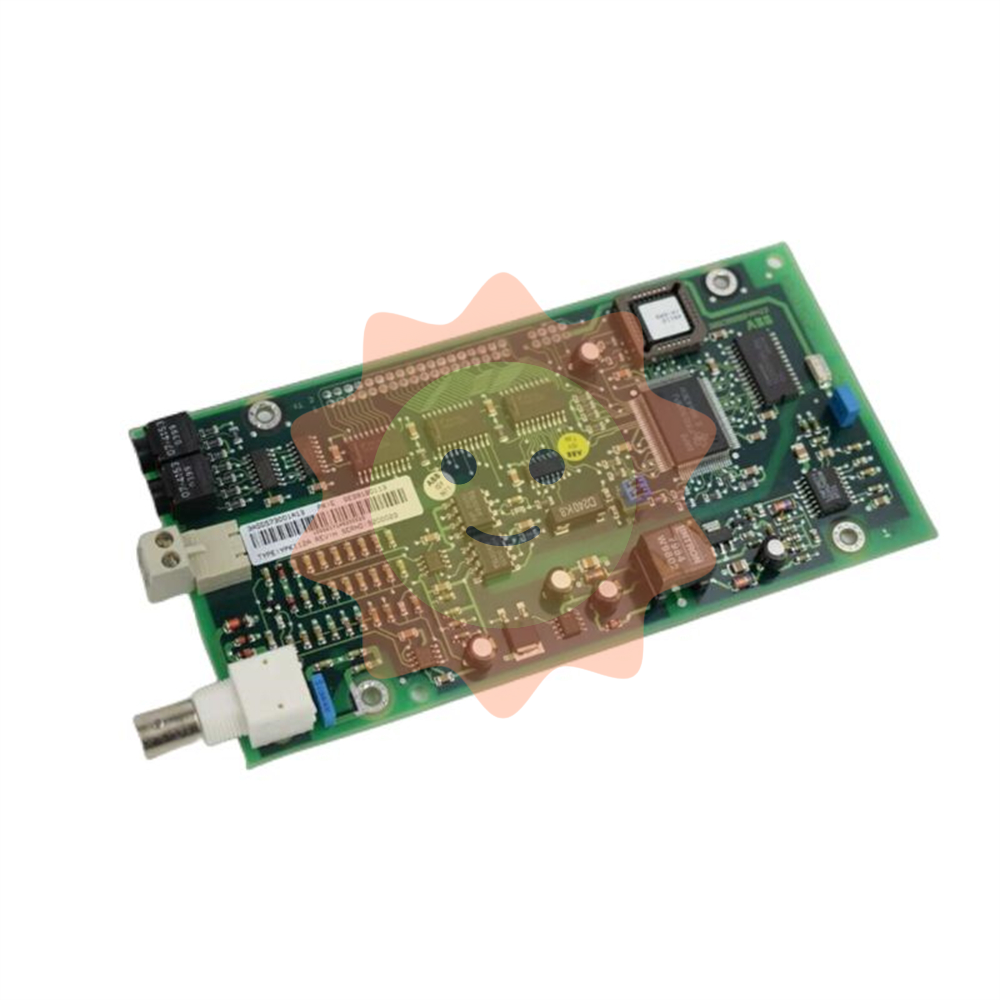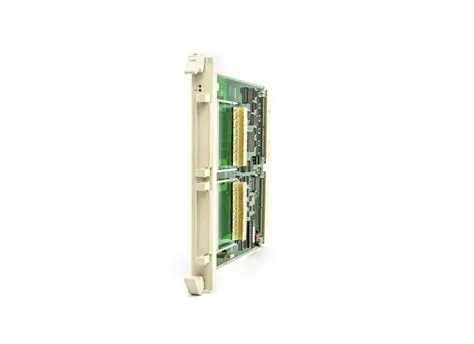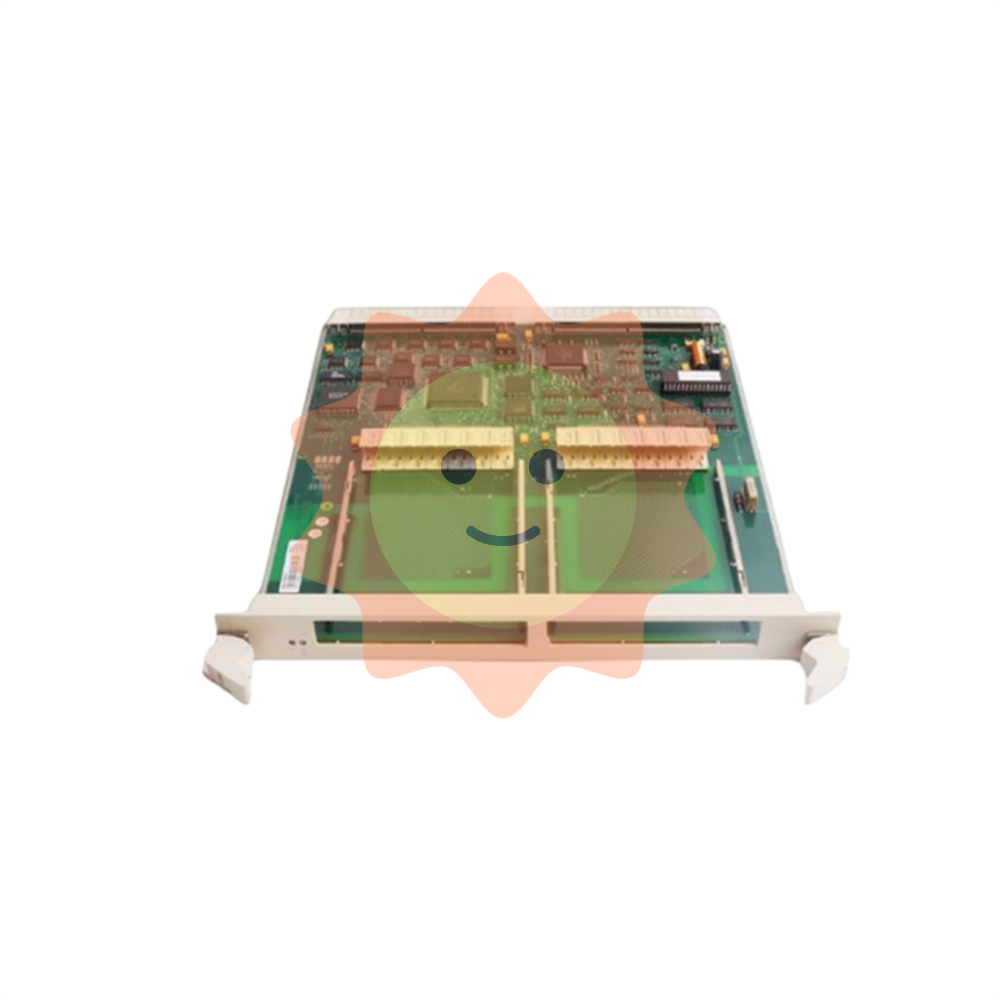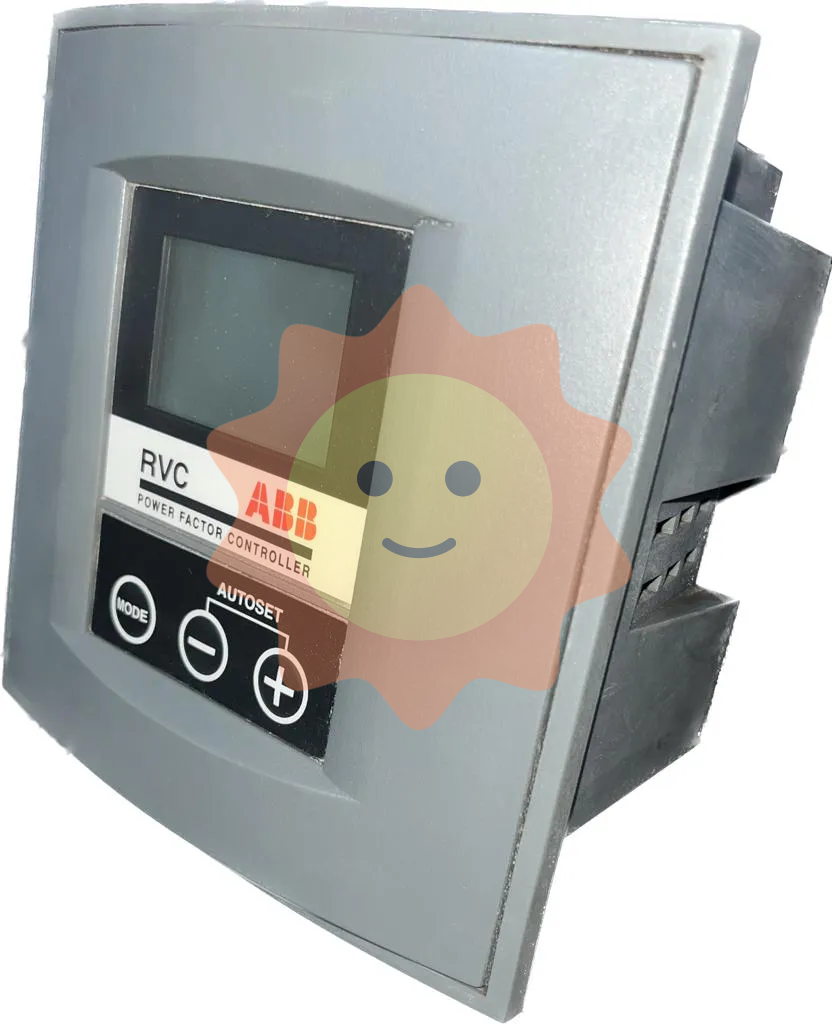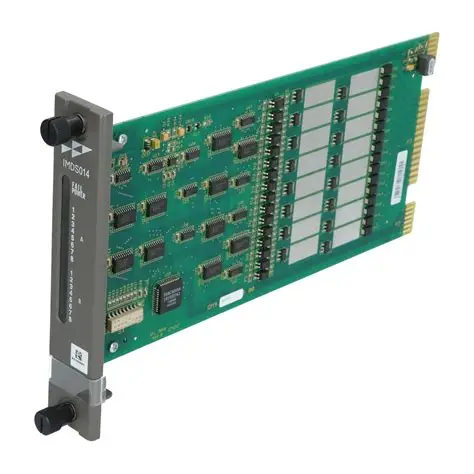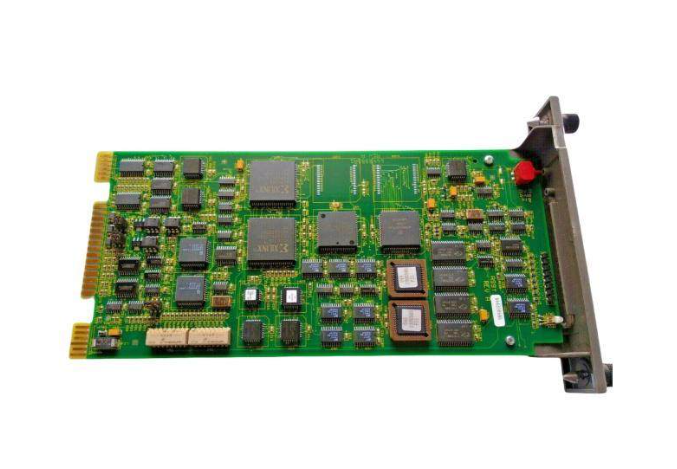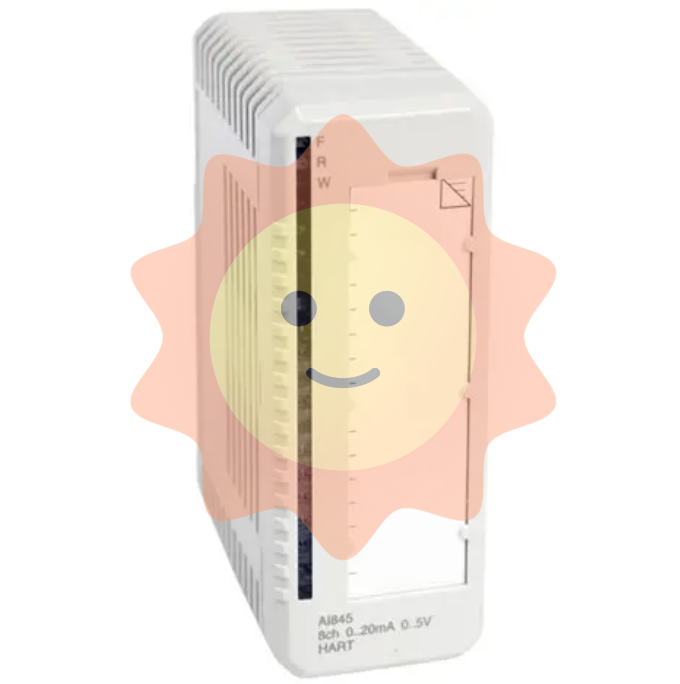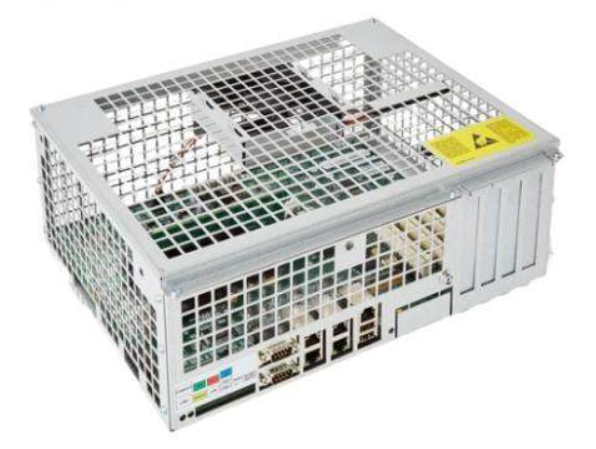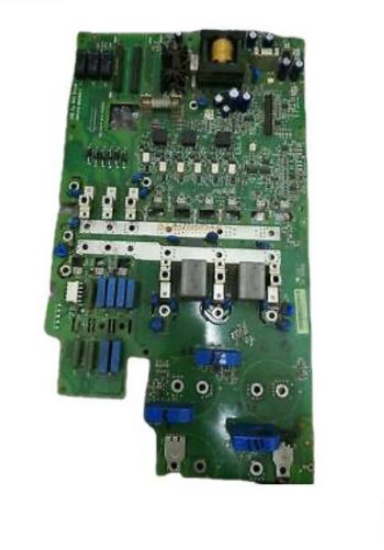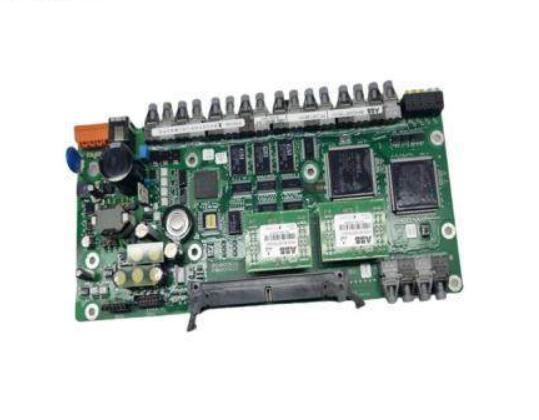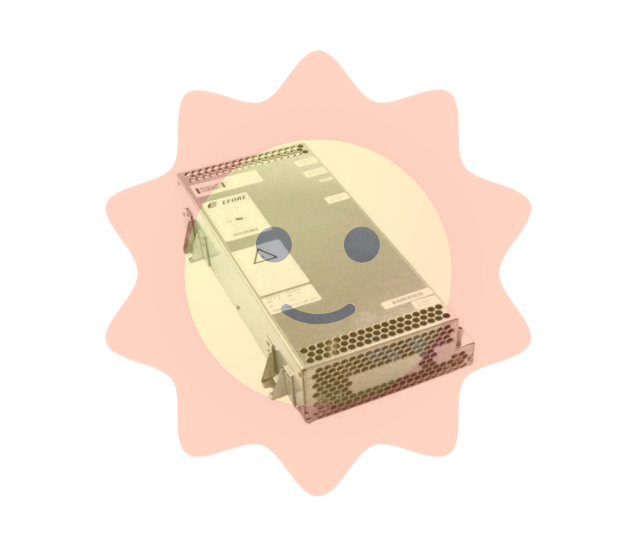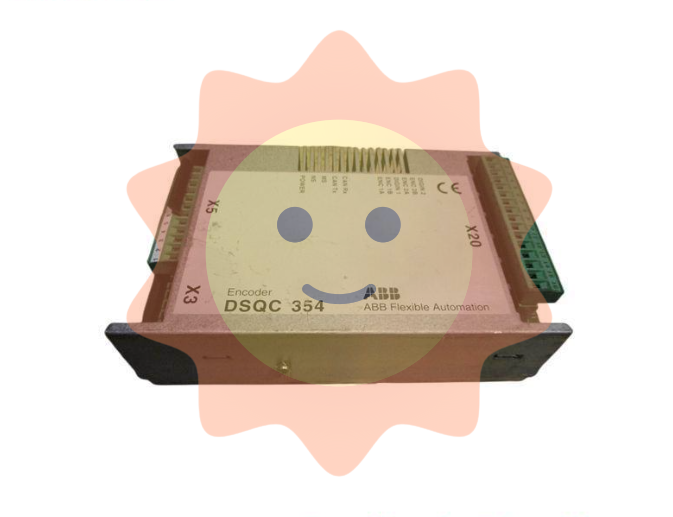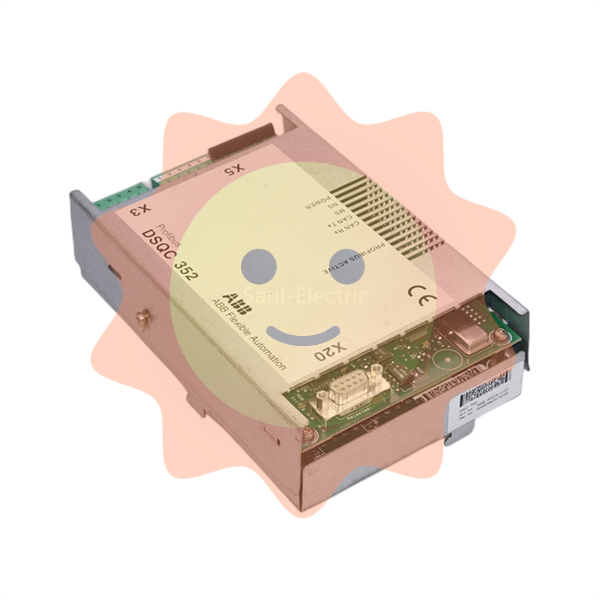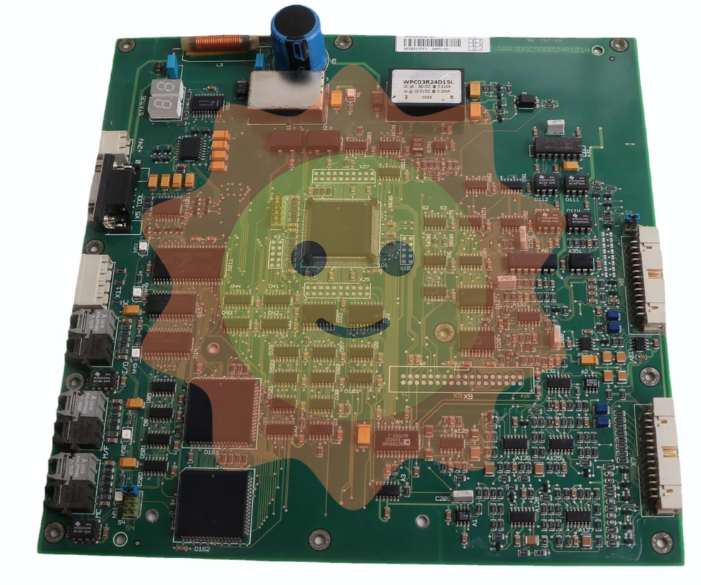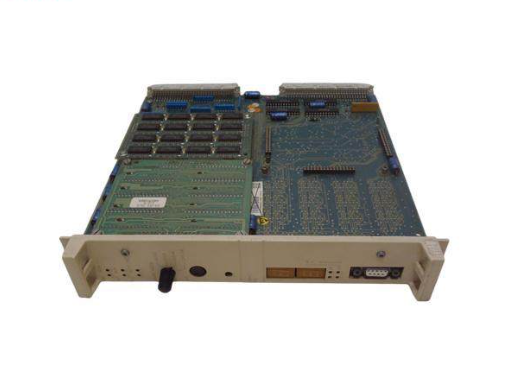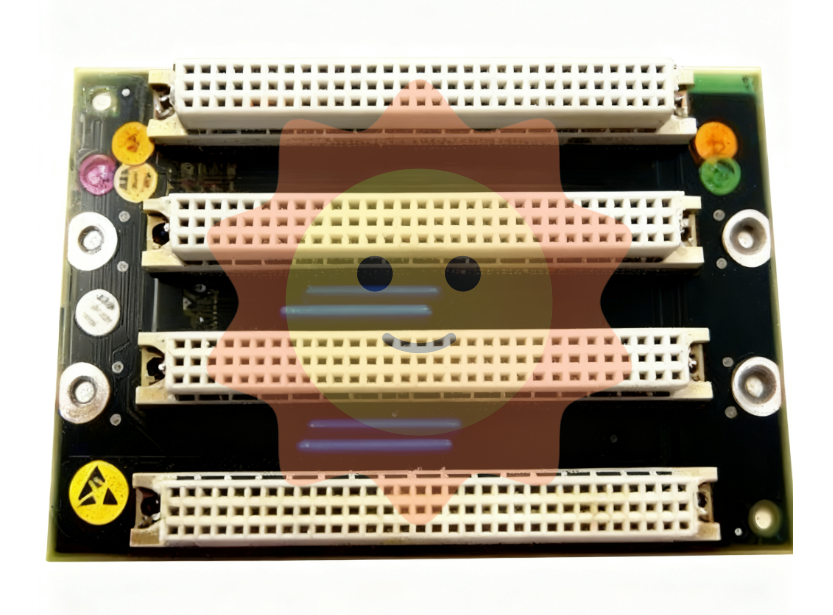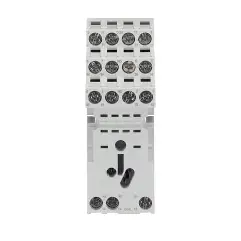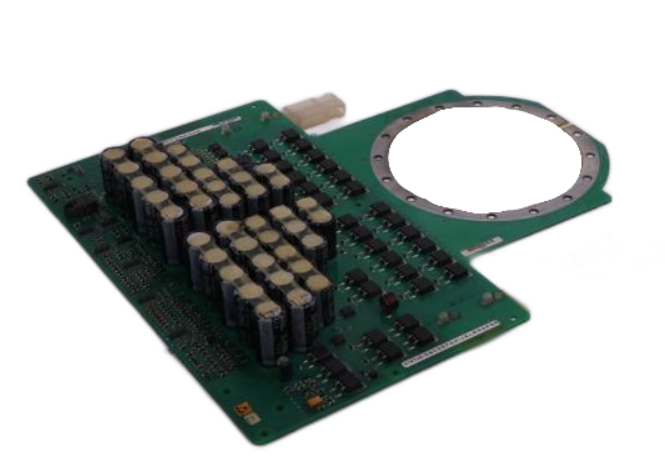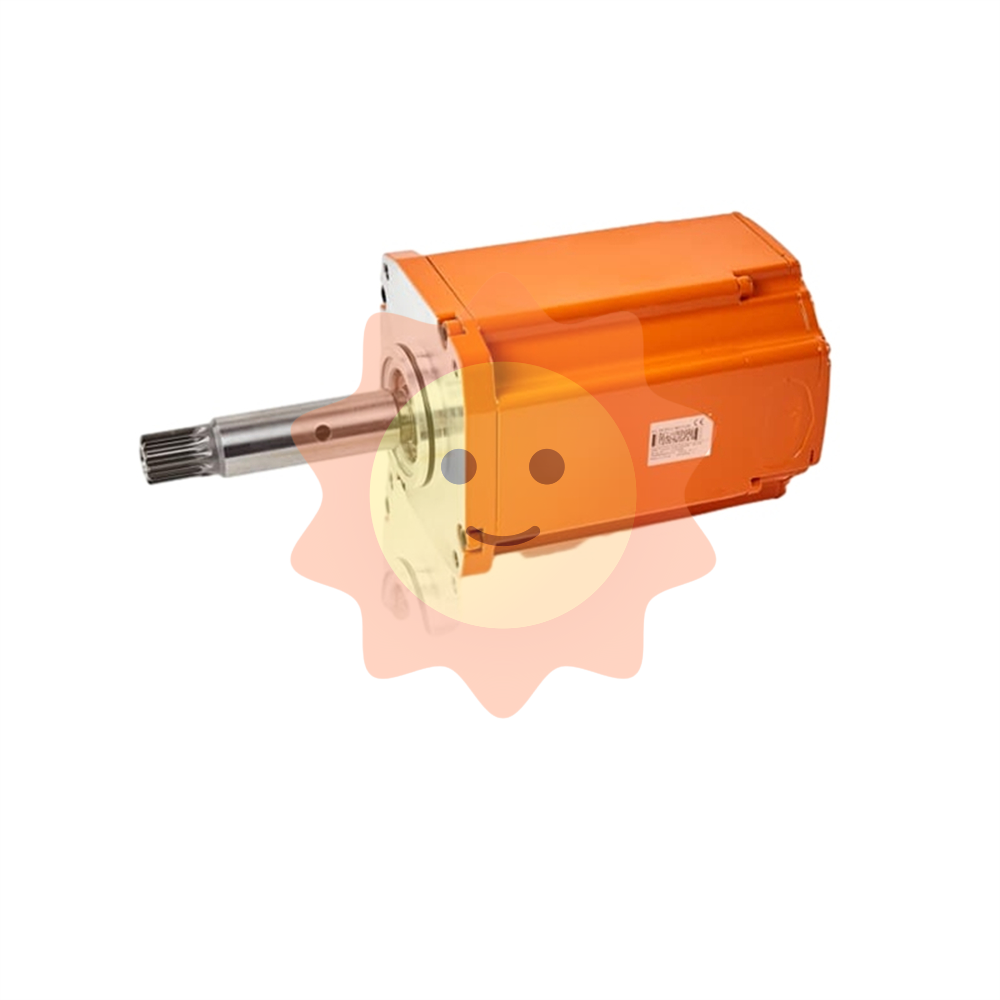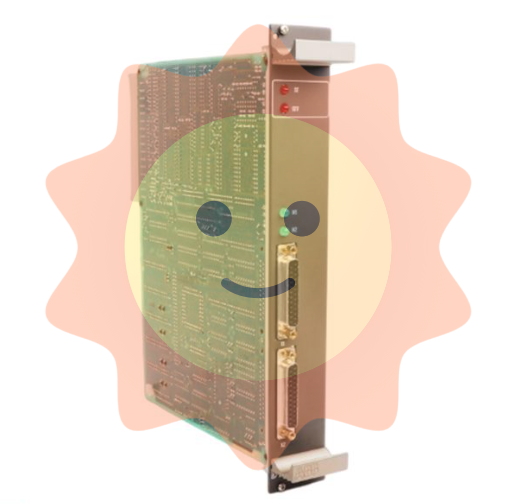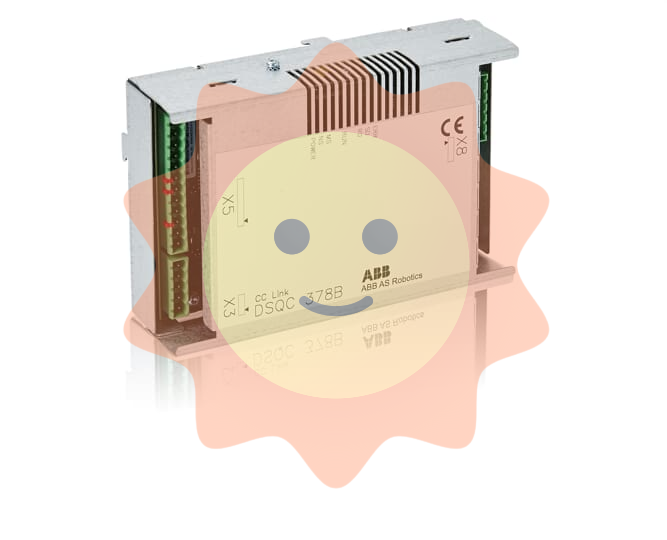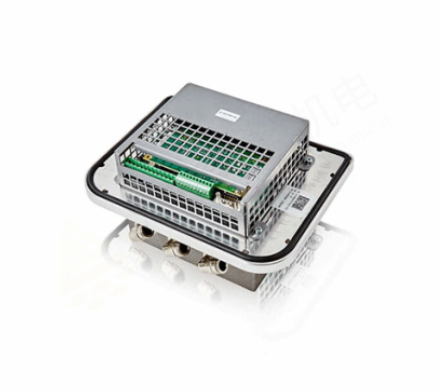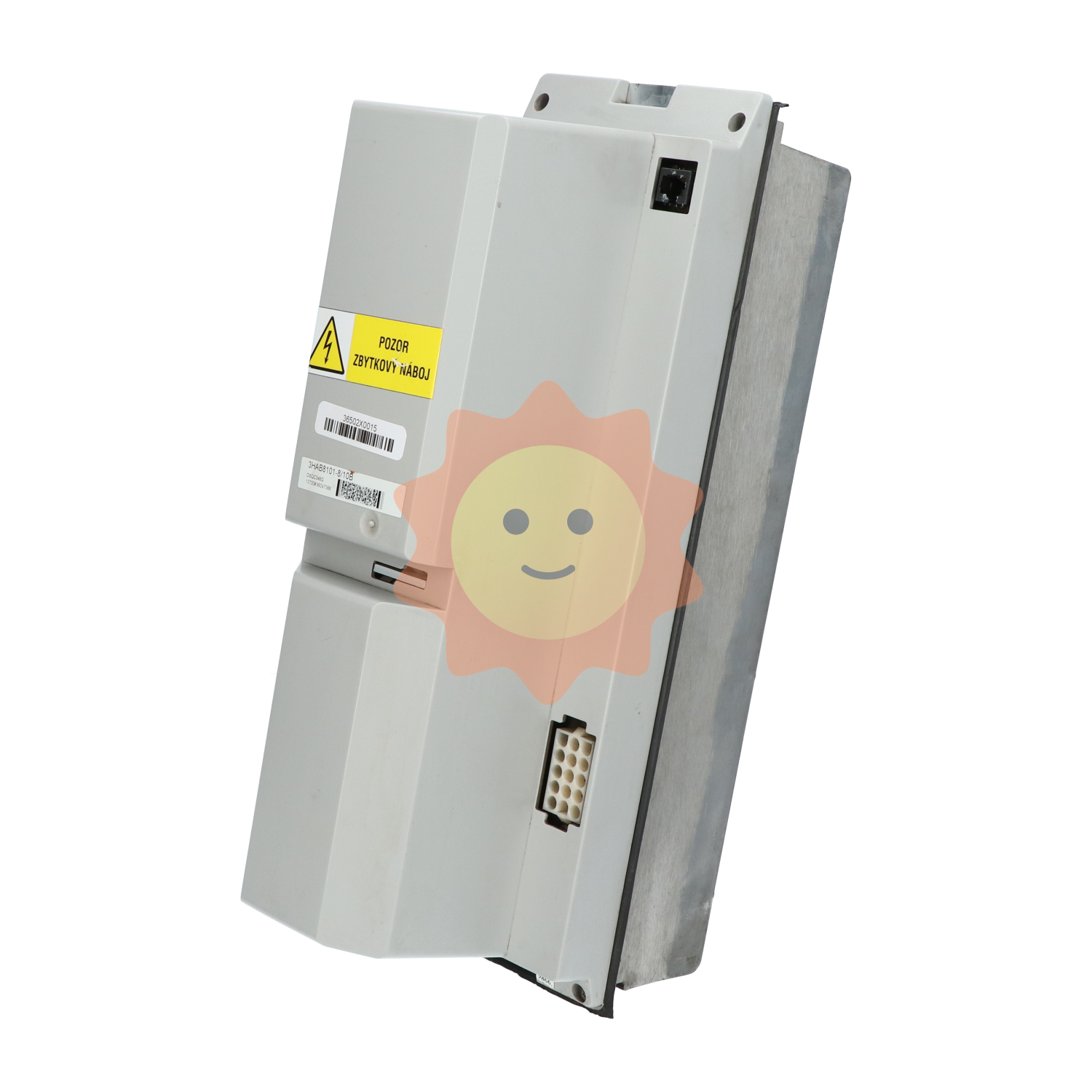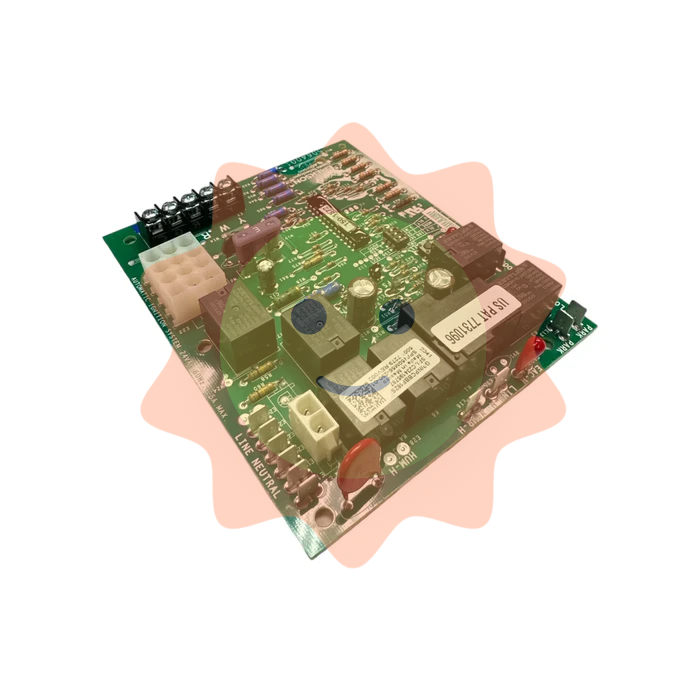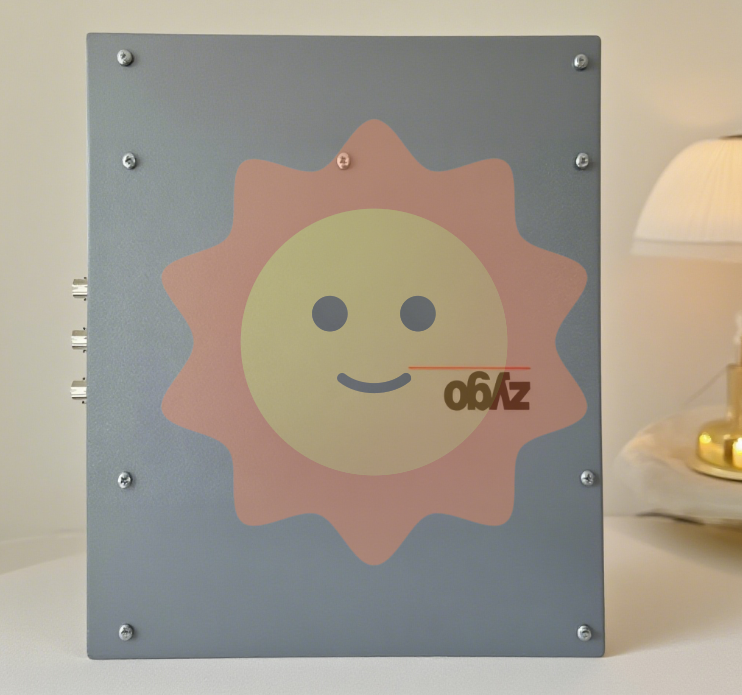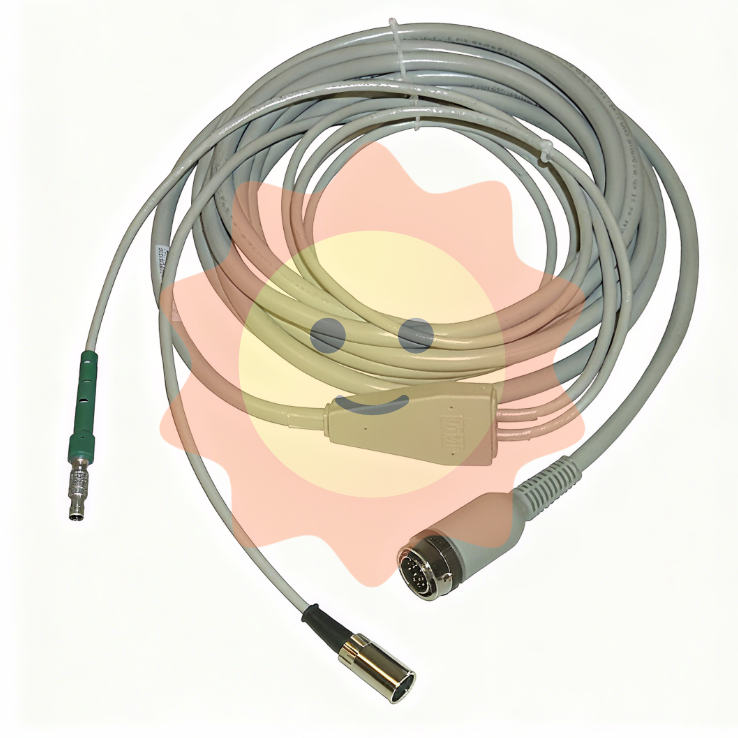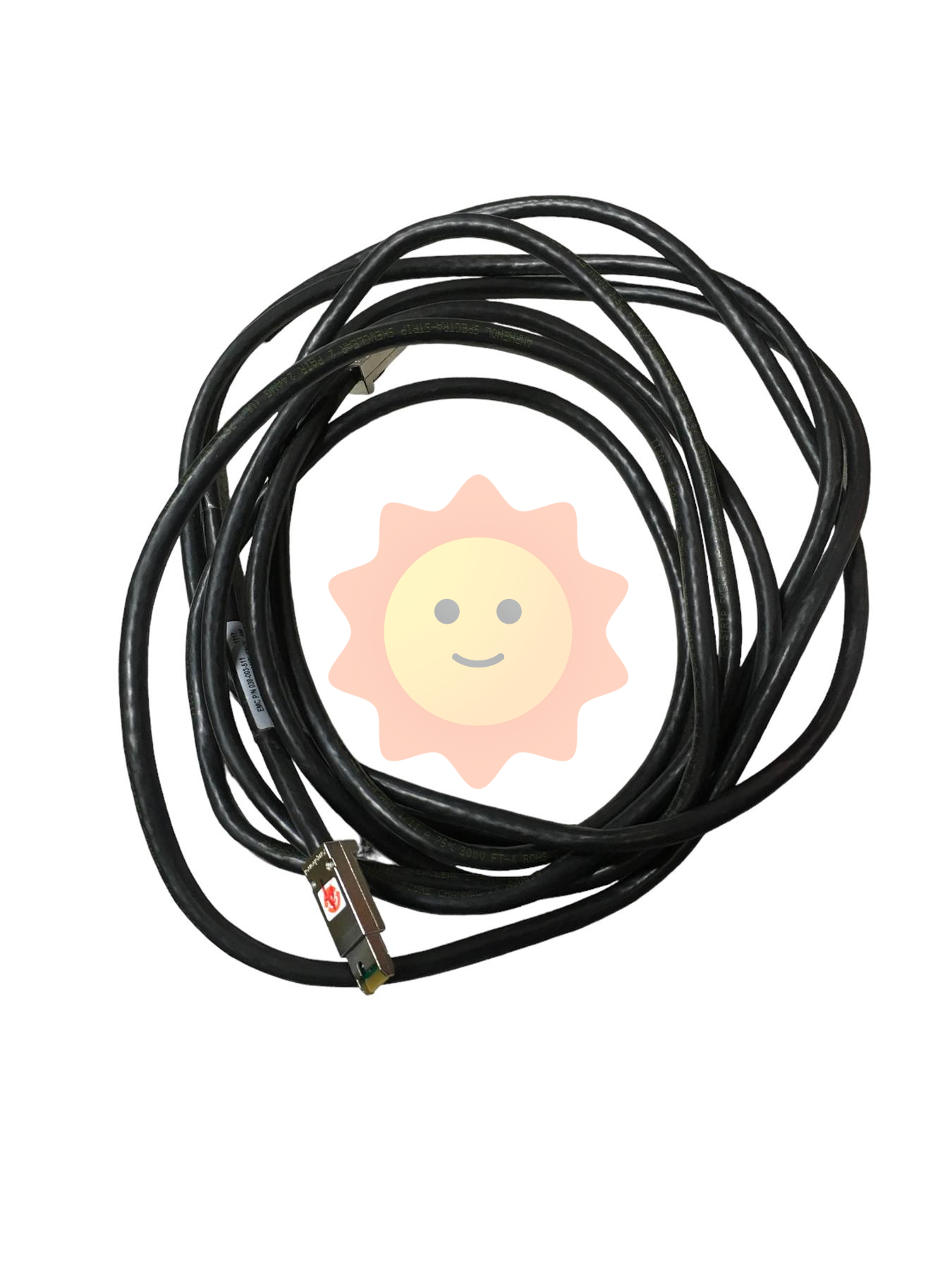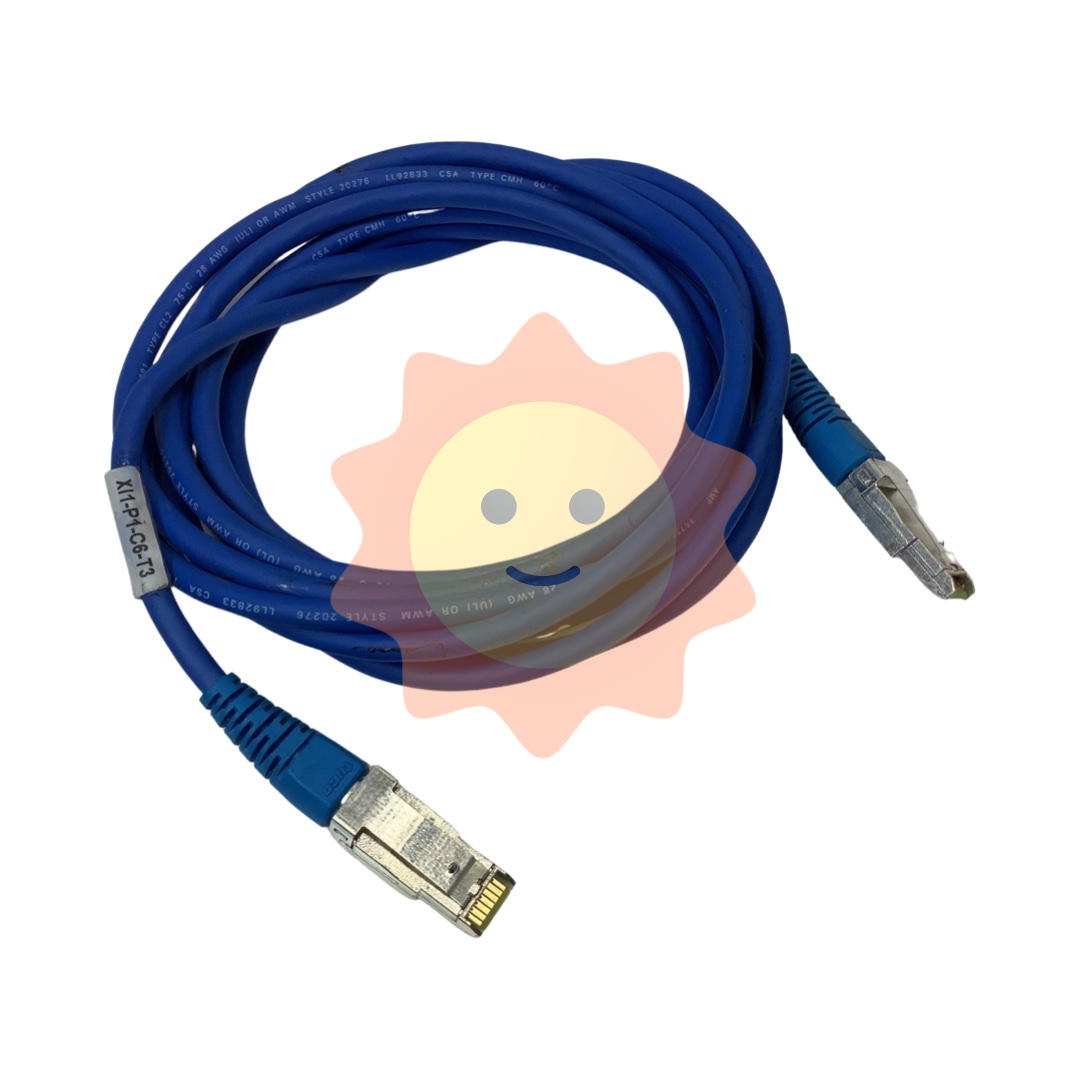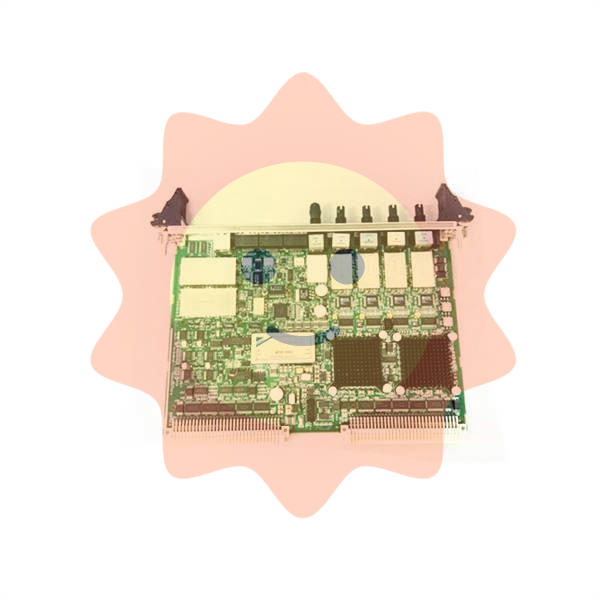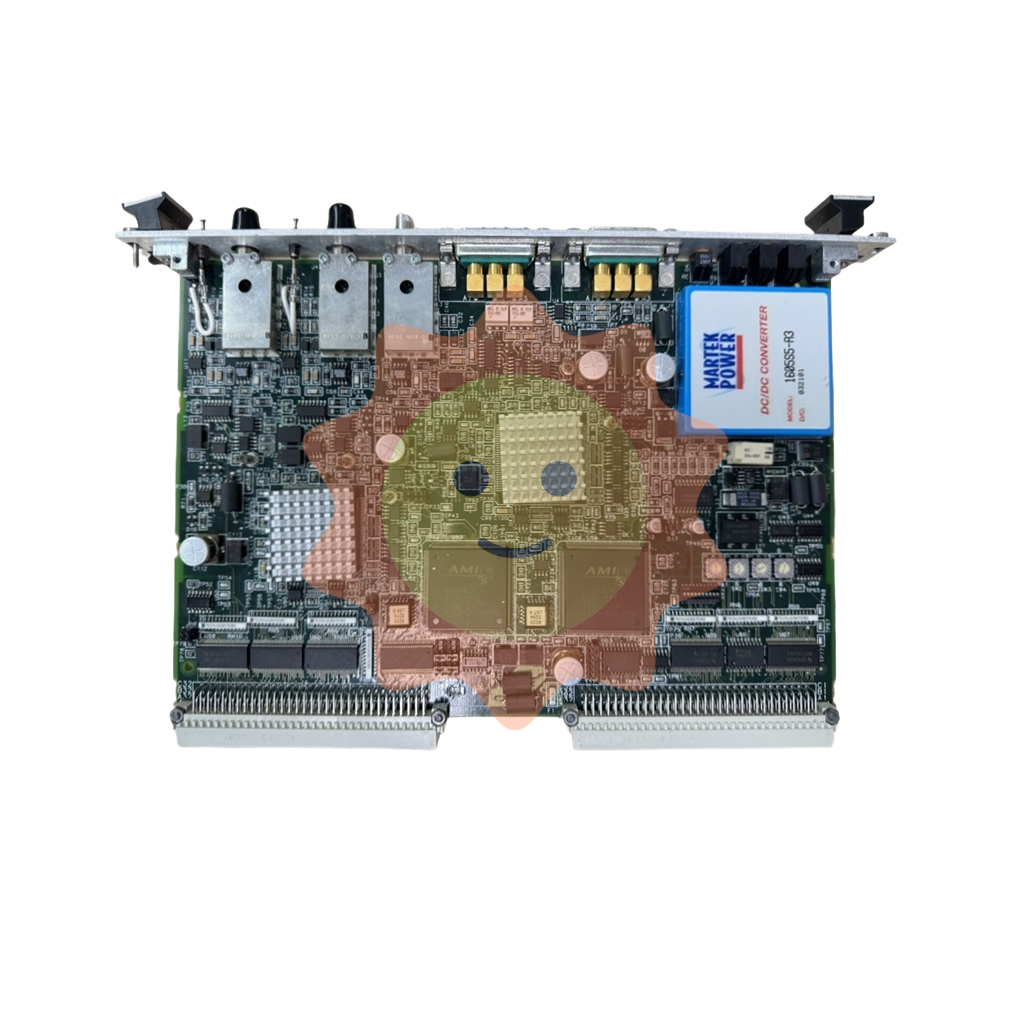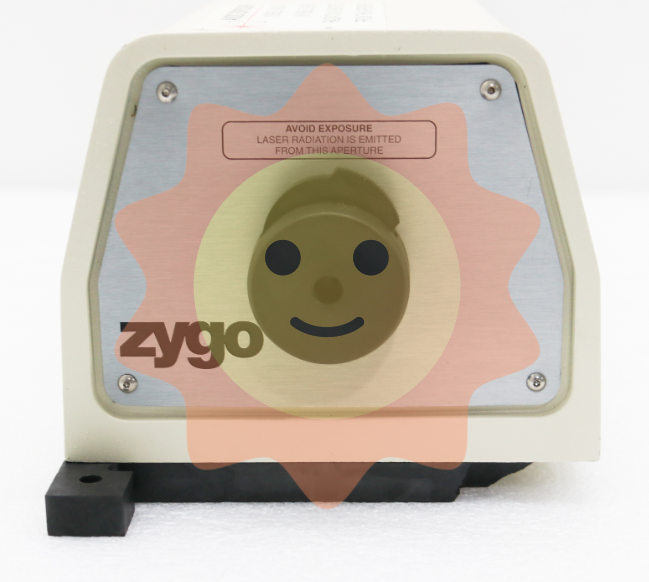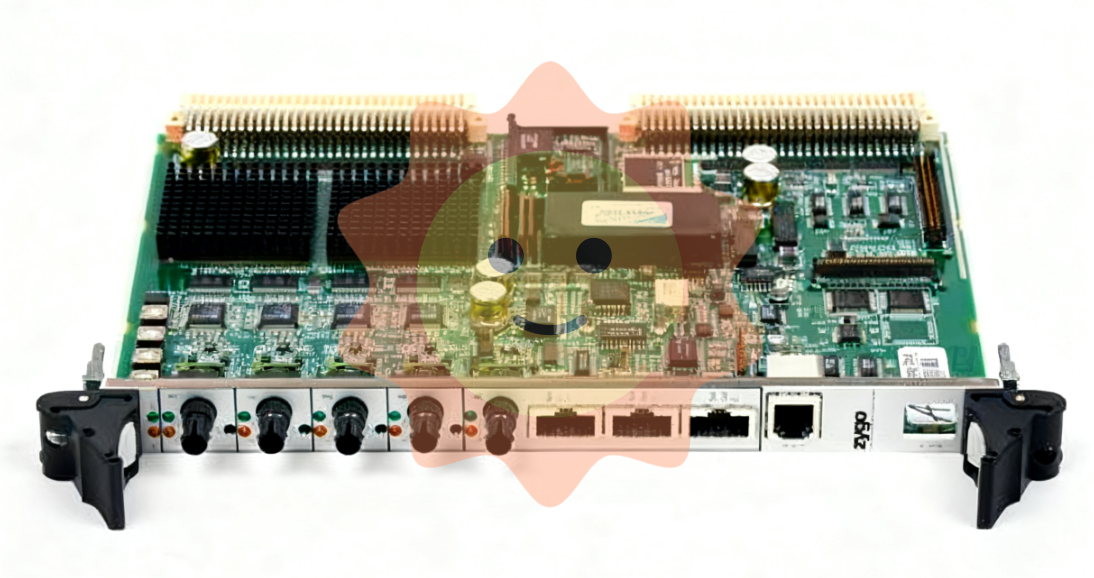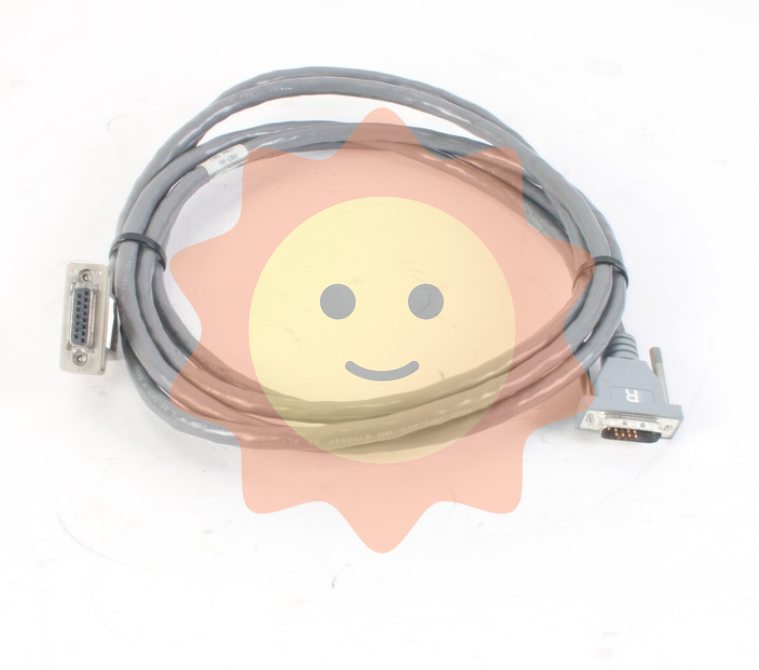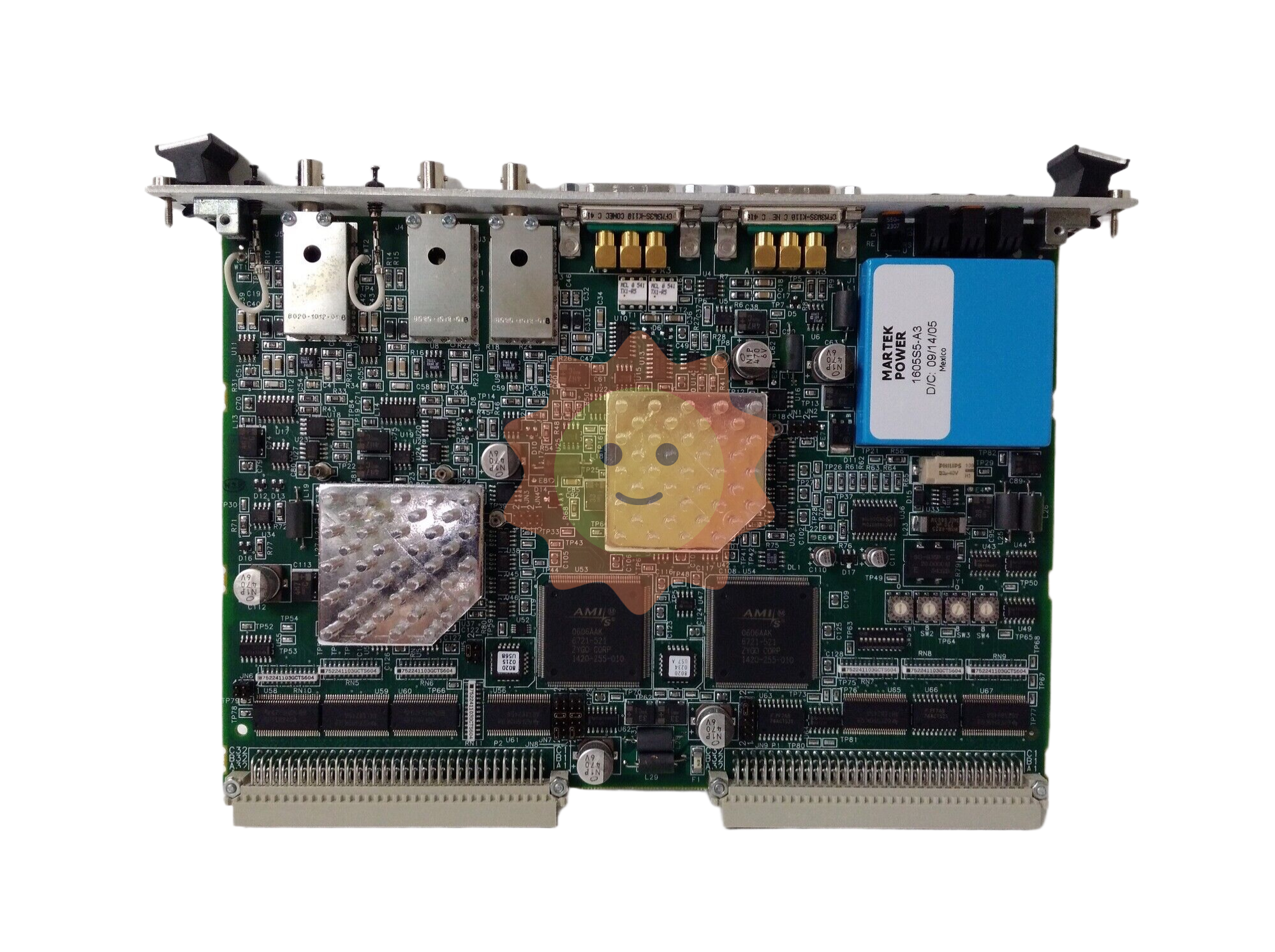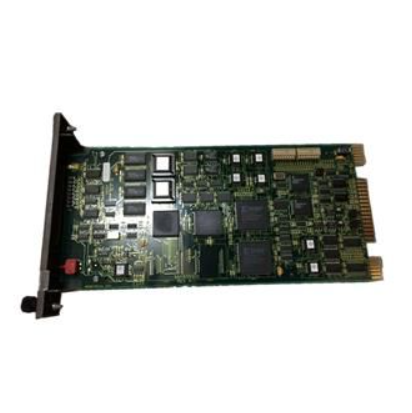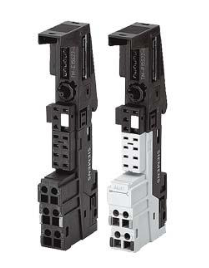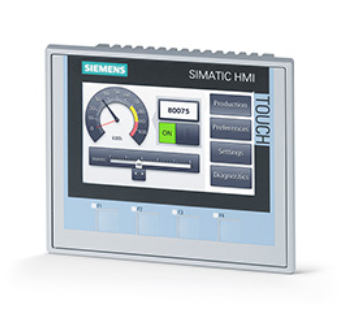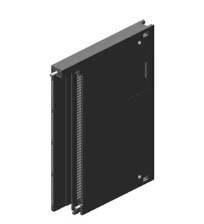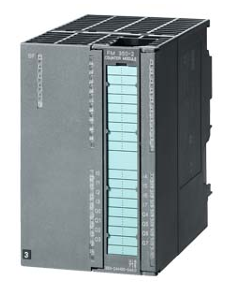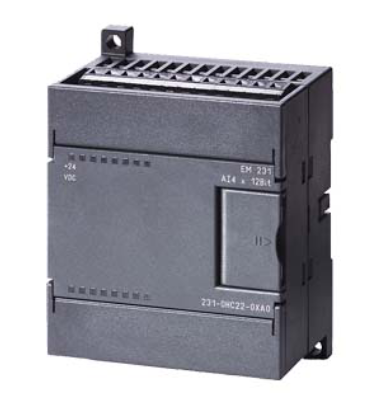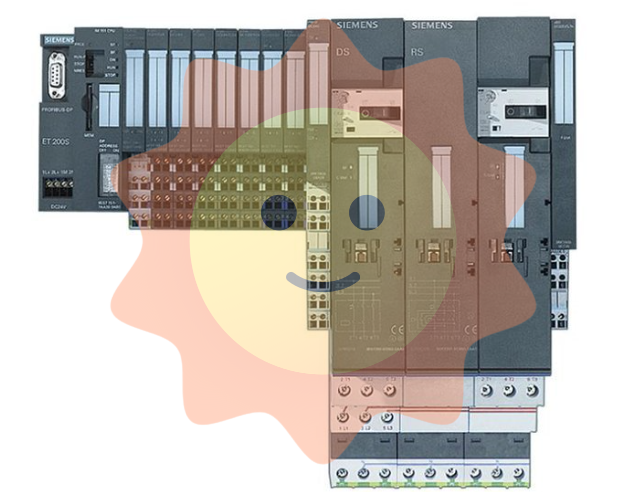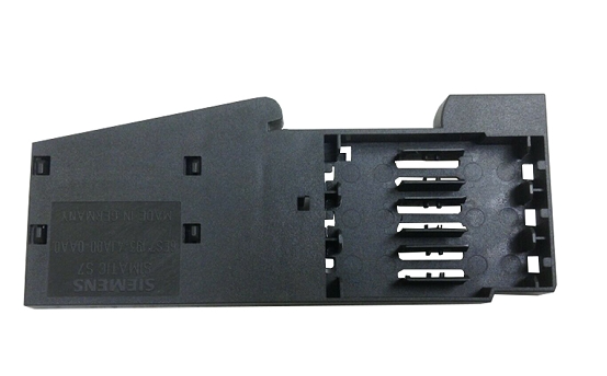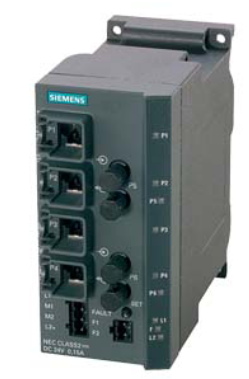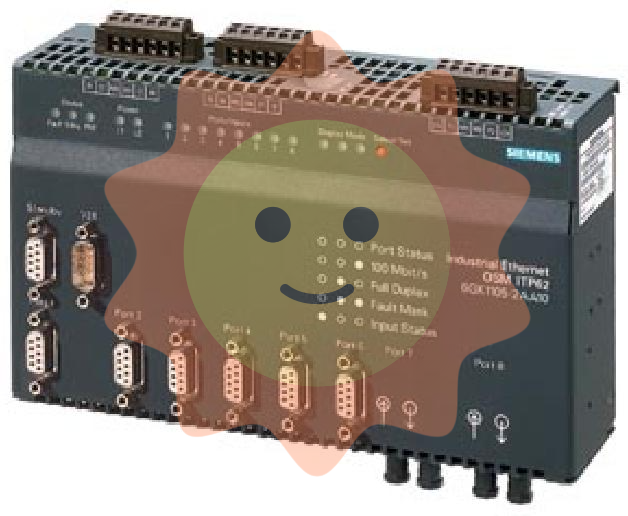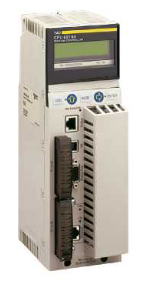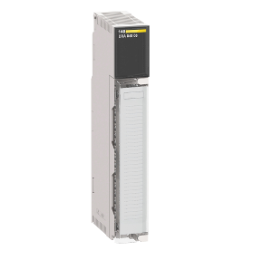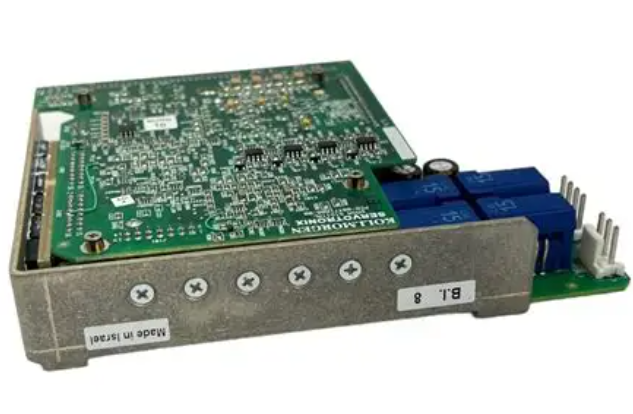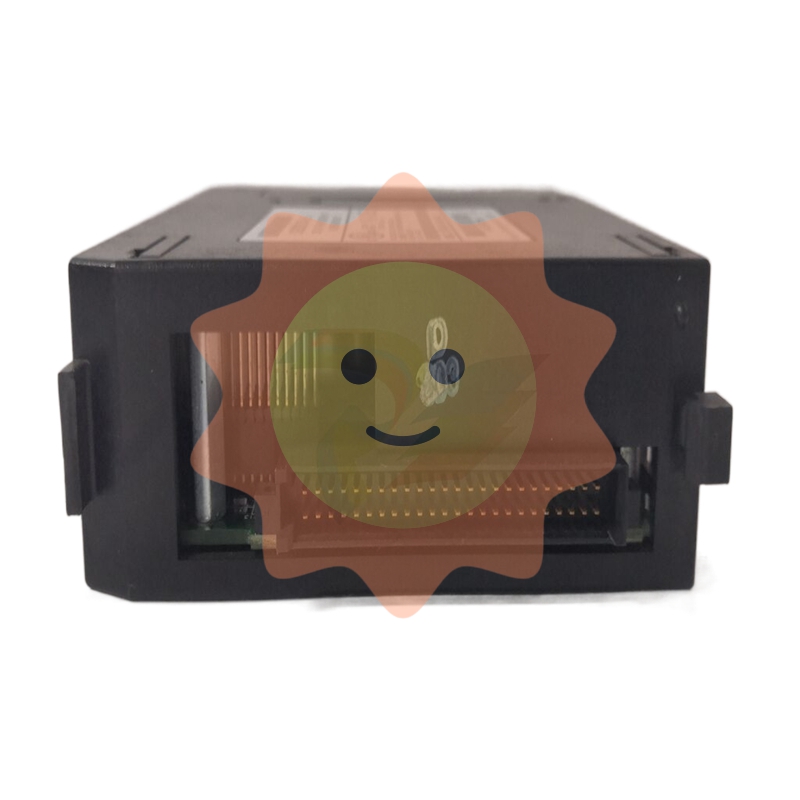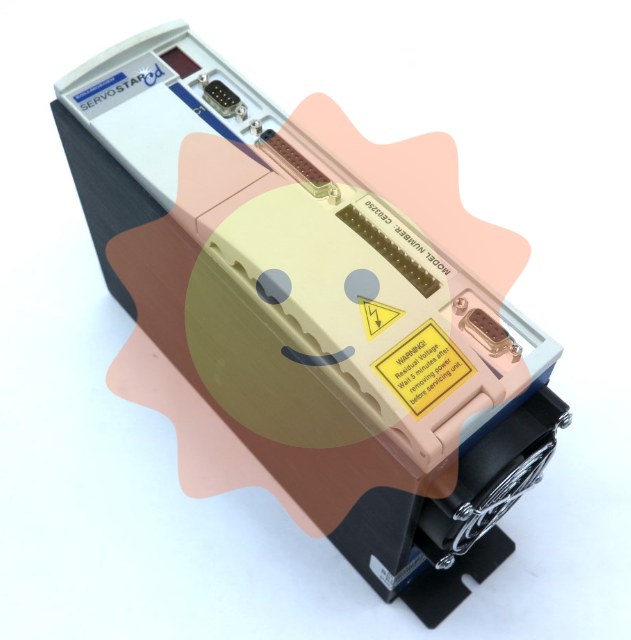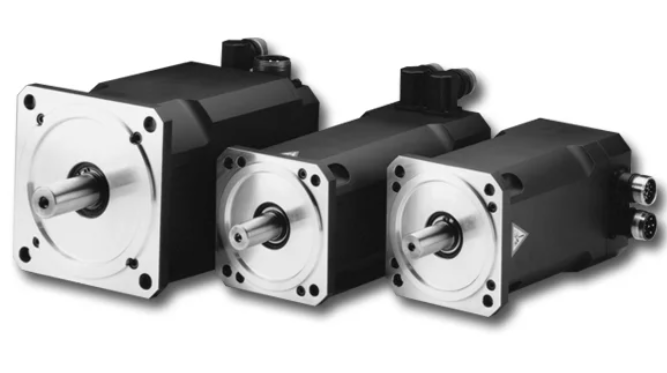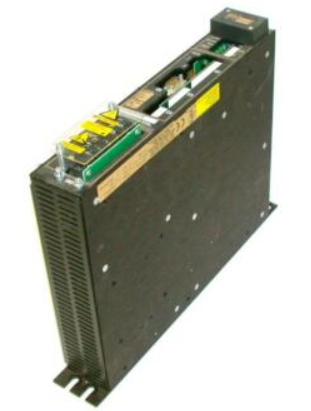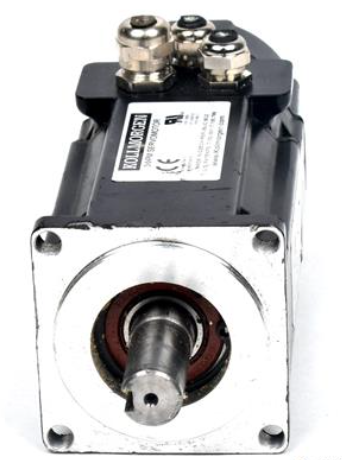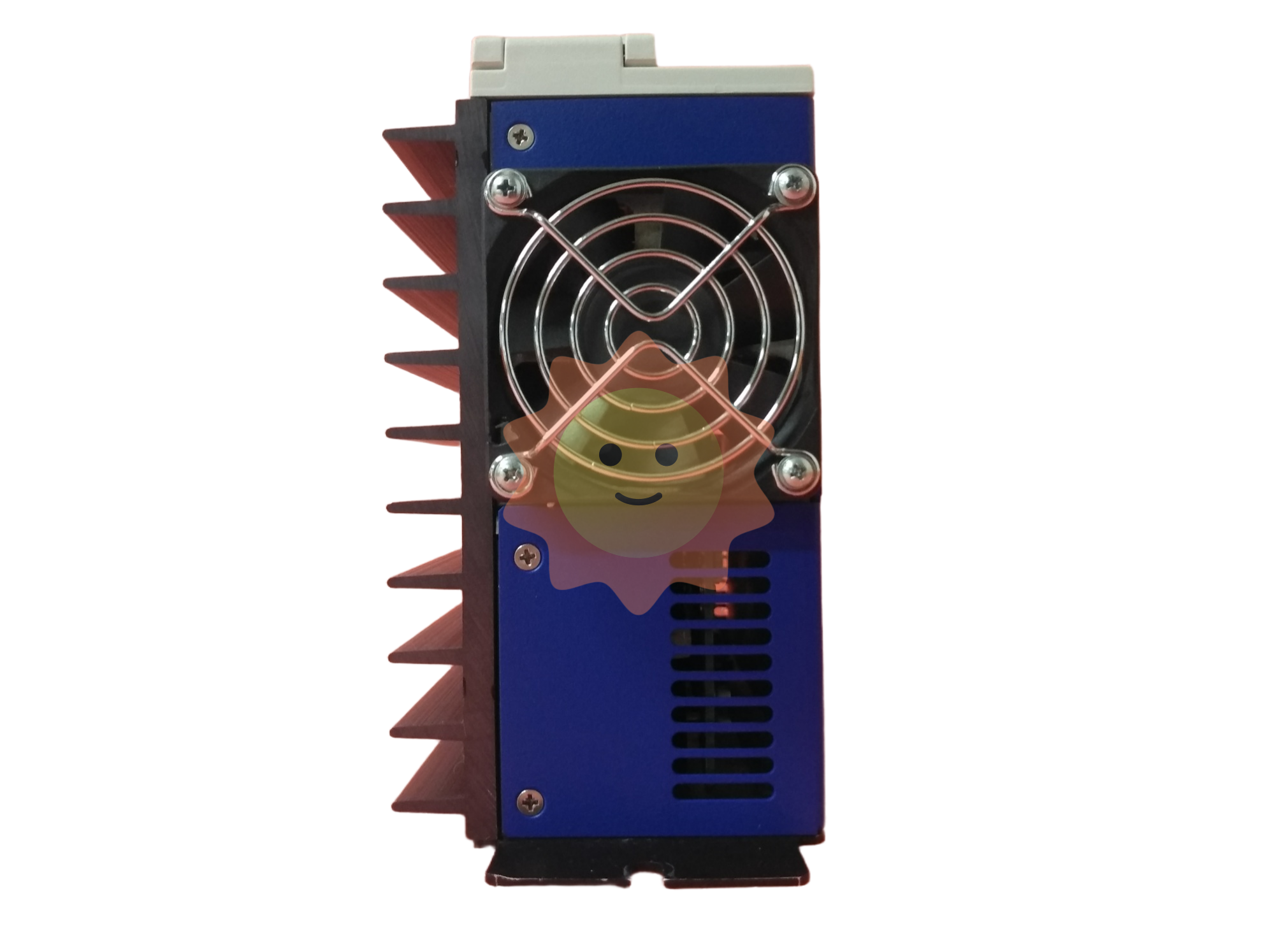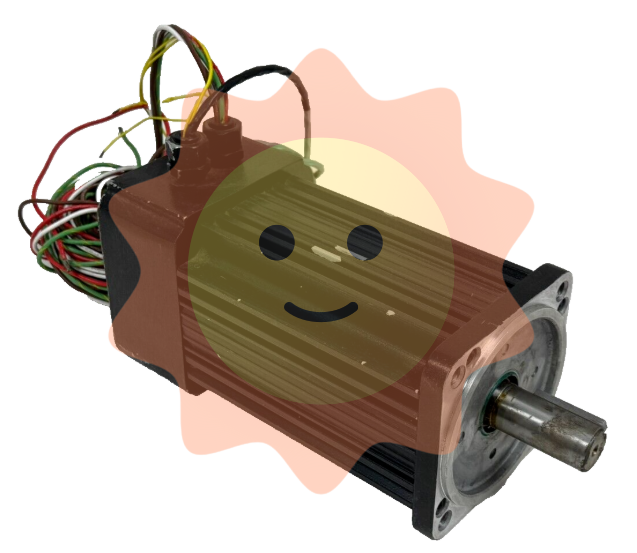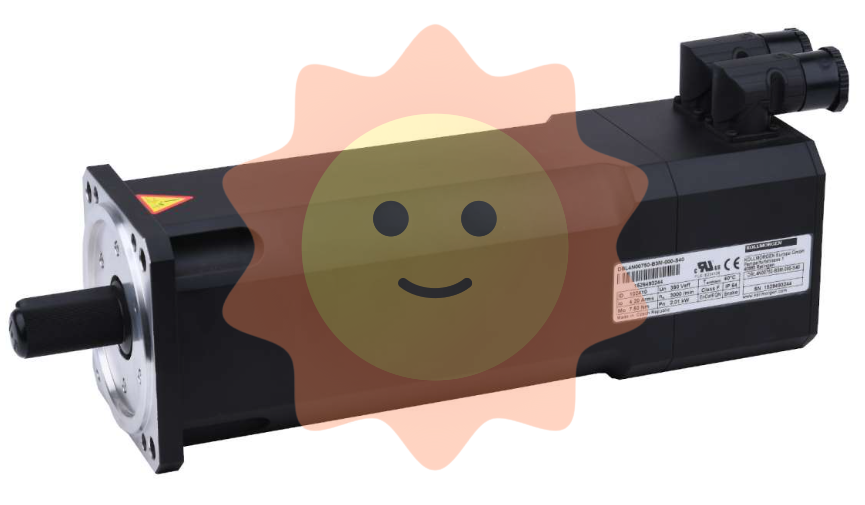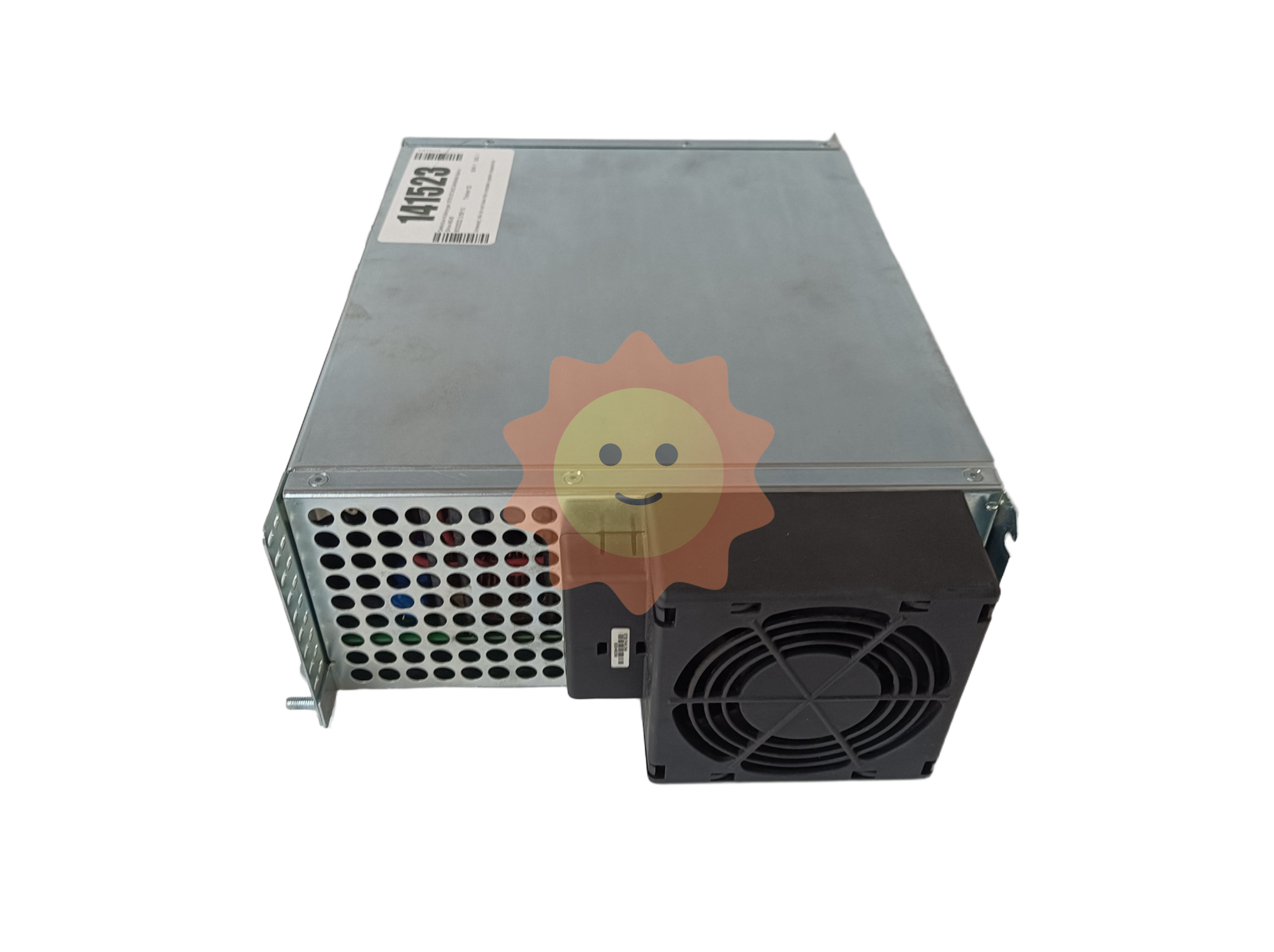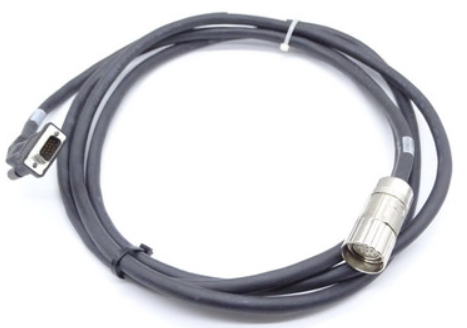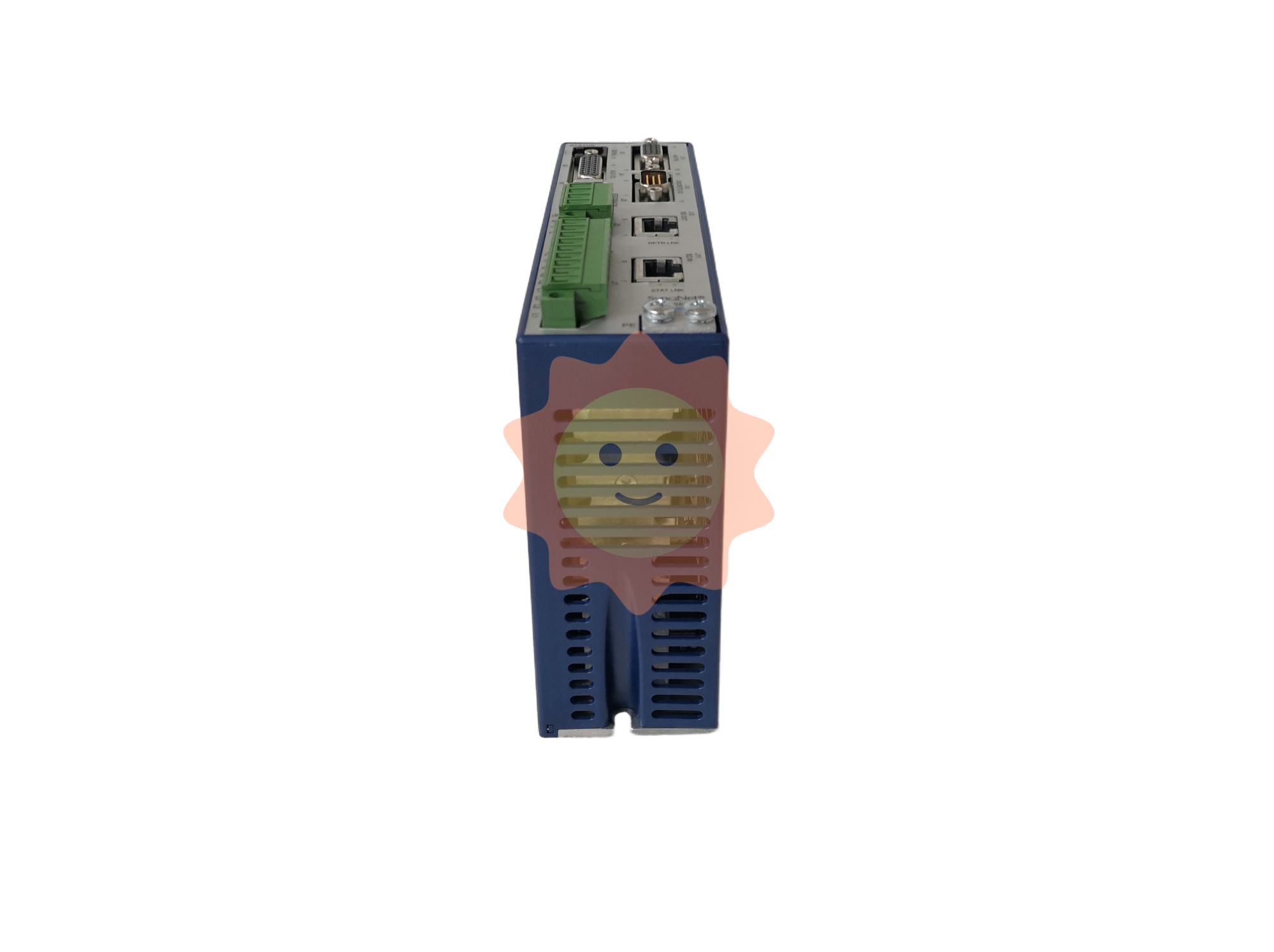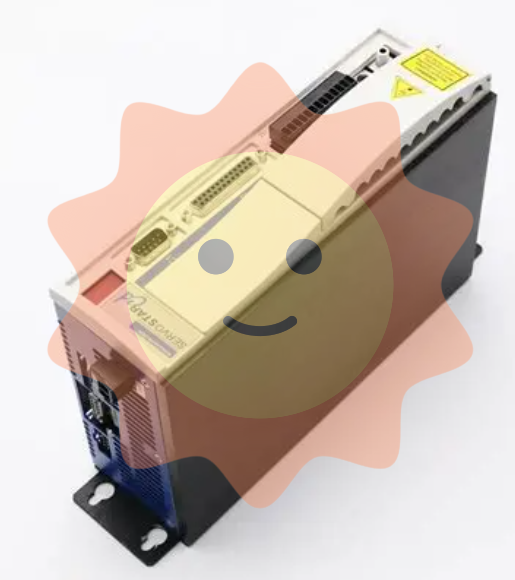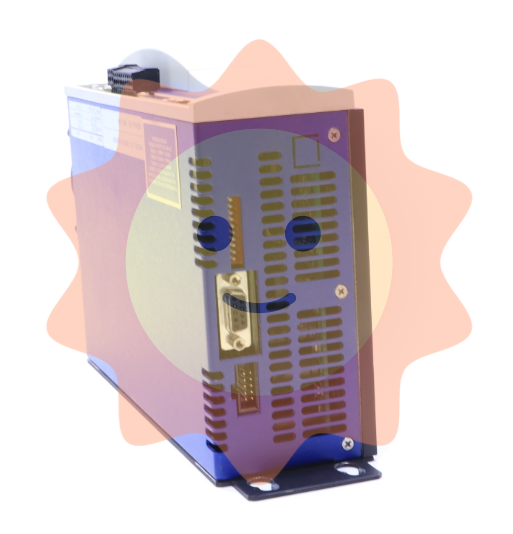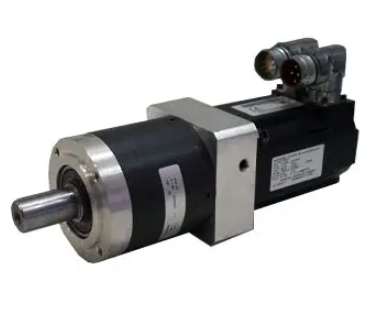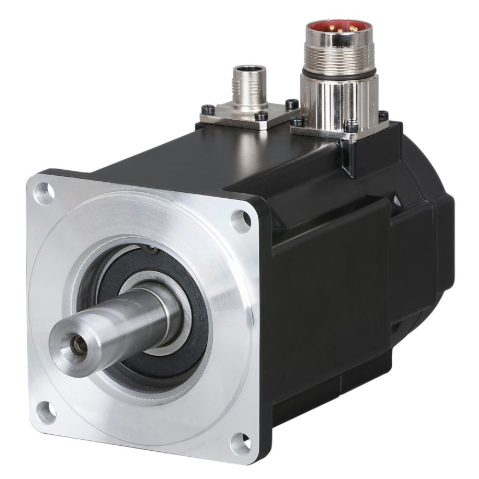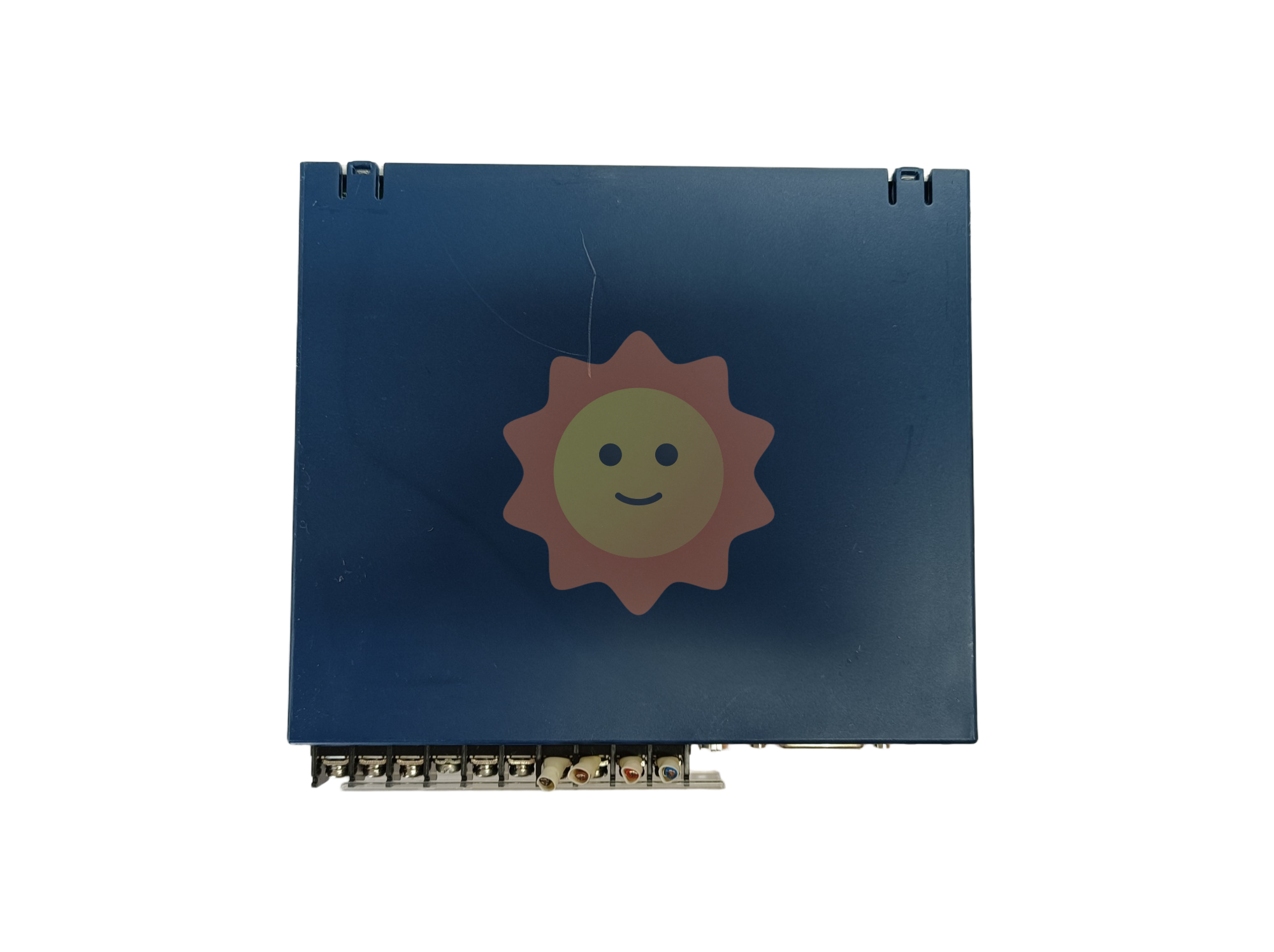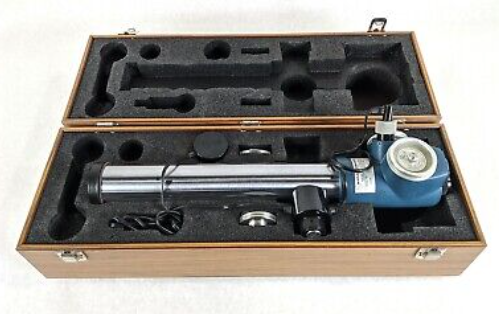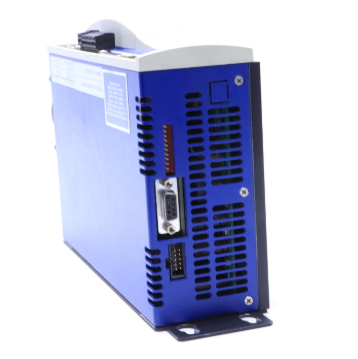"Digital mine" is based on GIS hardware and software
"Digital mine" is an information mine, including the whole process of digitization, networking and visualization of various elements in the mine, and the mine integrated information management system is the foundation and core of "digital mine", its establishment has a certain necessity and urgency. From the perspective of GIS technology, combined with the actual characteristics of metal mine production, this paper preliminatively discusses and studies some theoretical knowledge and system development of the integrated metal mine information management system based on GIS technology, designs the integrated metal mine management information system database, and develops the integrated mine information management system. It realizes the information and intelligent management of all kinds of mine data.
1. Preface
In recent years. Computer technology, communication technology, network technology, multimedia technology and other information technology and database technology are developing rapidly, many mining enterprises have established their own information management system, in order to improve the management level of enterprises and production efficiency, to ensure the competitiveness of enterprises. However, most of the management systems can not cover the daily management of the mine, can not realize the connection of the remote database of the mine: and now most of the small and medium-sized mining enterprises are still using manual management for mine production management and related business development, low efficiency. Most systems are based on stand-alone operation, to achieve simple word processing, graphics, reports and other output, printing functions, generally lag behind the actual work, did not play the role of computer automation, information management. In order to promote the scientific and standardized production and management of mining enterprises, improve the production efficiency of enterprises. To ensure the safe operation of mining enterprises, it is imperative to establish a comprehensive information management system integrating mining, site selection, finance, human resources, equipment and other resources.

2. System design ideas
Based on the mining industry standard and system construction standard, the metal mine integrated information management system manages, analyzes and statistics all kinds of metal mine information based on GIS technology, and realizes the modernization and automation of mine management. This system belongs to one of the research fields of the combination of GIS and mining engineering. It has both the commonness of GIS and the characteristics of mining engineering. The establishment of the system is still in accordance with the following basic principles: practicability, scalability, reflecting the characteristics of mining engineering principles.
The integrated information management system of metal mine is based on GIS software and hardware, and vectorizes various kinds of mine maps, such as terrain geological map, borehole column map, section map and plane map, and establishes mine spatial database. Establish mine attribute database for all kinds of information of mine production, management and operation. The database engine is used to connect spatial database and attribute database to realize unified management of spatial data and attribute data.
The system adopts B/S structure design, and rationally uses the advantages of GIS graphics management and component technology to build a comprehensive mine information management system. The B/S structure can easily and quickly realize the customer's data entry, modification, browsing, inquiry, statistics, analysis, etc., and realize the scientific management of various data of mining enterprises. Compared with the traditional C/S structure, the B/s structure does not require software installation for each client, as long as the client computer is connected to the network, which makes the maintenance and upgrade of the system more convenient and rapid, and increases the coverage of the system.
3. Principles of system design
3.1 Standardization and openness
Conduct a comprehensive demand analysis to grasp the business essence. Comply with business management norms, in accordance with national norms and relevant industry norms and standards, design standard information classification and coding system, standardize system database and metadata, form a unified operation mode, report form, establish open and standardized system data input and output formats.
3.2 Advanced nature and maturity
Under the premise of ensuring the practicality and stability of the system, various software products with open standard information in line with international industrial standards are adopted. The object-oriented system analysis and design (OOA&D) method will be adopted for system analysis and design. In the Process of system development, RUP(Rational U-nified Process) is applied to computer-aided system analysis, software design, development and document generation to ensure that the system design and development conform to the specifications of software engineering, and standardized, highly portable and reliable software is developed to improve the efficiency of system development.

3.3 Compatibility
Select the software and hardware platform in line with industry standards, based on the modular and modular design idea and development method, provide open GIs system, MS Word, MS Excel and other service interfaces to achieve data interaction. Ensure the application of various business systems.
3.4 Usability
Simple operation, easy to use, friendly user interface, business standard is the fundamental goal of the system construction. Establish a system with complete functions, advanced framework and correct functions, so that the management, use and maintenance of the system and the interface of other systems can achieve convenient and efficient purposes, so that the system can not only run efficiently and independently, but also flexibly integrate, integrate and share information with various spatial databases and other business systems.
3.5 Scalability
The system should have good dynamic and expandable, through the hierarchical and modular design of the system, based on the "soft bus" plug-in technology and component technology application, in the design and implementation, the idea of "software reuse" is implemented, so that the system can effectively adapt to the requirements of business changes, improve the stability of the system, reduce maintenance costs and improve the scalability of the system.
3.6 Security
The system should follow the security principle and set strict access levels, control mechanisms, data encryption, and logging measures to achieve network security, application security, data security, data encryption, data compression, data backup, log management, and electronic signatures to ensure the validity of user permissions for system applications. Ensure that the data is accurate and not destroyed or leaked.
3.7 Fault Tolerance and reliability
The system must have sufficient fault tolerance to ensure the correctness and recovery of data in case of unexpected hardware and software failures, operation errors, etc. At the same time, it should also handle all kinds of program exceptions and operation exceptions well, and give error handling reports.
4. System database design
The database of mine integrated information management system is the core of the function of metal mine integrated information management system. The design of database directly affects the realization and stable operation of the system. At present, there are many kinds of mature large-scale databases, considering the characteristics of multi-source and multi-scale data, this system uses the relational database - SQL server 2000.
Mine comprehensive information mainly includes geology, geophysical exploration, geochemical exploration, drilling, mineral resources, achievements, finance, equipment, human resources, etc., with many data types and large amount of information, database design is a very complicated process. Geographical data has time, space and attribute information at the same time, can not be expressed in the same structure, and also consider the scalability of the system, so in the design of the database to fully consider the future needs, in order to be able to update in time to ensure the real-time database.
Considering the characteristics of mine management and the needs of users, this paper designs a database suitable for this system, which minimizes data redundancy and system resource requirements as much as possible. The mine integrated information management database is composed of multiple table Spaces, and the relationship between each table is established by keywords. Due to space constraints, only some tables of the database are described. Table 1 shows the calculation table of reserves of each block. Table 2 shows the calculation table of sample thickness.

5. System functions
Integrated metal mine information management system to achieve the exploration area, mining area basic information, drilling data profile data, exploration trough, adit data, sample test data, geophysical data, geochemical data, reserve data, measurement data, production data, financial data, equipment data, human resources data management, as well as interested data query, statistics. Maps can also be managed. You can browse, roam, query.
In order to better manage all kinds of mining data, provide decision support for enterprise leaders, and improve the management level of enterprises, the system functions are mainly as follows.
5.1 Multi-subject data entry
Data entry Provides graphical interface and functions of data entry for system administrators and senior system operators (data entry personnel), and is responsible for the storage of various spatial data and attribute data of the system. The data entry function realizes the data acquisition and entry of the original attribute data, vector graph data and raster image data obtained in the process of mine exploration, design, mining and mineral processing. Data can be entered in batches or individually in different types and formats.
5.2 Data Editing
Based on user permissions, the data editing function provides users with read and write operations such as modifying, updating, and deleting data to achieve data management and ensure data accuracy.
5.3 Map Management
All kinds of maps used in the production process of mining enterprises are managed, including zoom in, zoom out, roam, reset, full map display, eagle eye and other functions to achieve convenient and fast management.
5.4 Data Query
The data query function provides users with the query and retrieval function of spatial data and thematic attribute data based on LAN and Internet. To realize special query and general query of information. Special query is the use of pre-defined query strategy, can achieve single table query, combined query, multi-topic query, query results answer fixed questions. General query is a query policy defined visually and in real time.
5.5 Report Generation
Report generation function Provides statistics and report generation functions for users at all levels of the system, summarizes the data of interest, generates reports, and can be printed. You can customize report categories and report formats to generate reports as required.
5.6 Data Output
The data output function provides users at all levels with paper data output and digital copy output in two ways. Paper output includes graphic printouts and WYSIWYG printouts of reports. Digital copy output includes network transmission and interface file output. The content is the output of attribute data and graphic image data in various formats. Realize data transmission and information sharing in local area and remote network.
5.7 Data Dictionary
Using data dictionary technology and referring to relevant national or industry standards, the standard system of database is established. Attribute data structure for the existing standard, function standard, there is no standard combined with the mine existing data and needs to develop project standards. Graphics, according to the use of national or industry standard schemata and data exchange standards, to achieve data standardization and sharing.
5.8 User Management
User management Provides a graphical user interface (GUI) and functions for system administrators to authorize users and manage users by level, including adding users, deleting users, controlling access levels, and online user monitoring. There are two levels of users: advanced users (system administrators) and common users. General users edit and calculate the data on the basis of the system database, and have the permission to save these editing and calculation results. Advanced users have the highest data management, access, and operation rights for the database system.

5.9 Rights Management
Authority management ensures the safety of mine comprehensive information data through authorization management in data access and system function call level. Manage permissions through the user, role, and permission hierarchy. The relationship between users and roles and roles and rights is many-to-many. Users and permissions are separated through an intermediate layer of roles. By assigning rights to roles, you can assign roles to users to obtain operation rights. The user management and permission management are decoupled, and the user and permission are independently managed. This structure can flexibly cope with the change of permissions and roles in the maintenance phase of the system. Role management involves creating roles, adding rights, deleting rights, deleting roles, assigning user roles, and deleting user roles.
5.10 System Help
The system help function is the same as the help function of other application software, which provides help for users when encountering difficult problems during the use of the system. Users can quickly view the help documents and solve problems in a timely and effective manner, including the operation and related information of the system. The system help consists of help documents, operation demonstration videos, frequently Asked questions (FAQ), and question uploading. Users with a relatively high level of computer operation can learn the system operation in detail through help documents, while users with a relatively low level of computer operation can visually learn the system operation through demonstration videos. Through the problem upload function, the problems frequently encountered by users are sorted and classified, and solutions are given to form FAQ, so as to quickly solve the problem.
6. Conclusion
Metal mine integrated information management system is a regional geographic information system that applies GIS technology to mines. It takes all kinds of data related to mine production as the core, establishes a public data platform, and realizes the rapid, safe and visual processing of all kinds of information. It effectively guarantees the unity, efficiency, safety and real-time of mine information management, realizes the information and scientific management of mine data, and is the basis of realizing the "digital mine" system. With the continuous development, application and promotion of many new technologies such as modern GIS technology, it will certainly make China's "digital mine" work smoothly and efficiently implemented, so as to ensure the sustainable development of mining enterprises and ensure the rational development and utilization of resources.
- EMERSON
- Honeywell
- CTI
- Rolls-Royce
- General Electric
- Woodward
- Yaskawa
- xYCOM
- Motorola
- Siemens
- Rockwell
- ABB
- B&R
- HIMA
- Construction site
- electricity
- Automobile market
- PLC
- DCS
- Motor drivers
- VSD
- Implications
- cement
- CO2
- CEM
- methane
- Artificial intelligence
- Titanic
- Solar energy
- Hydrogen fuel cell
- Hydrogen and fuel cells
- Hydrogen and oxygen fuel cells
- tyre
- Chemical fiber
- dynamo
- corpuscle
- Pulp and paper
- printing
- fossil
- FANUC
- Food and beverage
- Life science
- Sewage treatment
- Personal care
- electricity
- boats
- infrastructure
- Automobile industry
- metallurgy
- Nuclear power generation
- Geothermal power generation
- Water and wastewater
- Infrastructure construction
- Mine hazard
- steel
- papermaking
- Natural gas industry
- Infrastructure construction
- Power and energy
- Rubber and plastic
- Renewable energy
- pharmacy
- mining
- Plastic industry
- Schneider
- Kongsberg
- NI
- Wind energy
- International petroleum
- International new energy network
- gas
- WATLOW
- ProSoft
- SEW
- wind
- ADVANCED
- Reliance
- YOKOGAWA
- TRICONEX
- FOXBORO
- METSO
- MAN
- Advantest
- ADVANCED
- ALSTOM
- Control Wave
- AB
- AMAT
- STUDER
- KONGSBERG
- MOTOROLA
- DANAHER MOTION
- Bently
- Galil
- EATON
- MOLEX
- Triconex
- DEIF
- B&W
- ZYGO
- Aerotech
- DANFOSS
- KOLLMORGEN
- Beijer
- Endress+Hauser
- MOOG
- KB
- Moxa
- Rexroth


Email:wang@kongjiangauto.com

